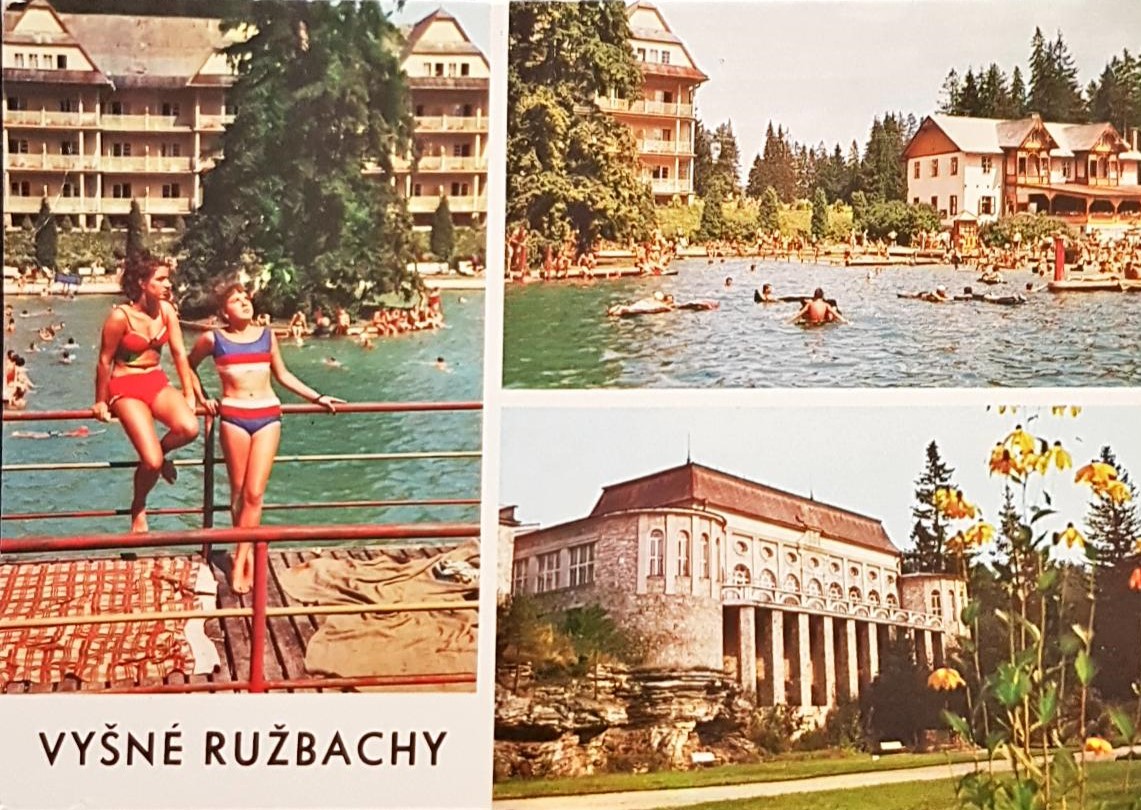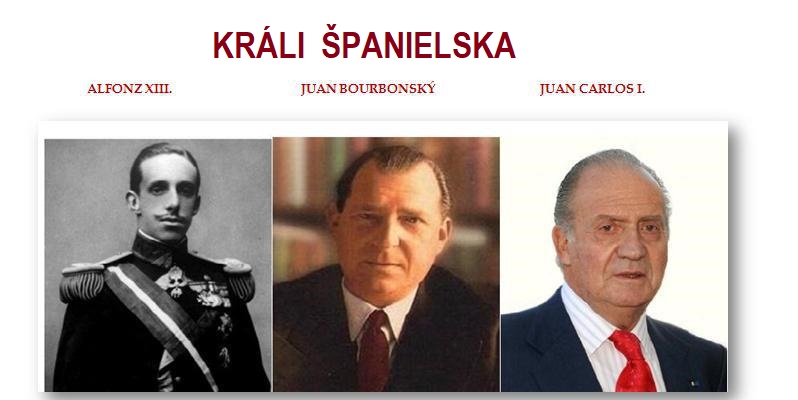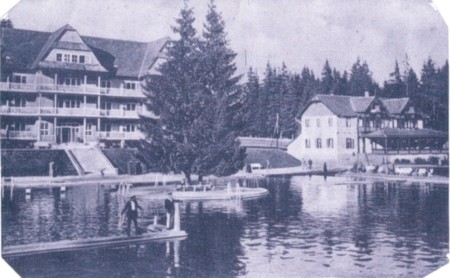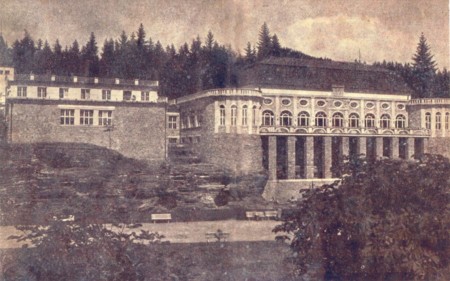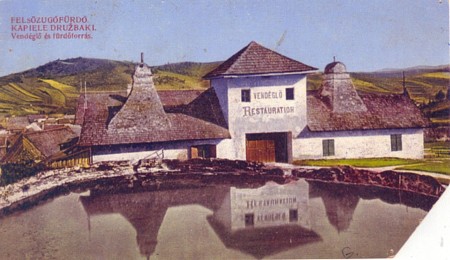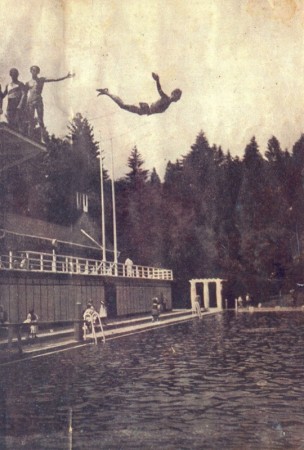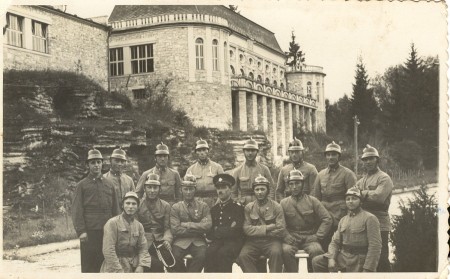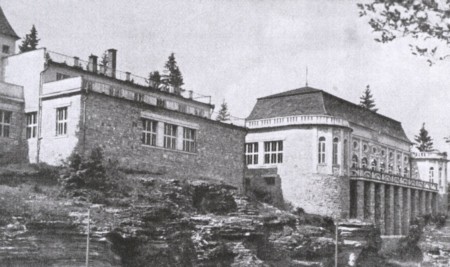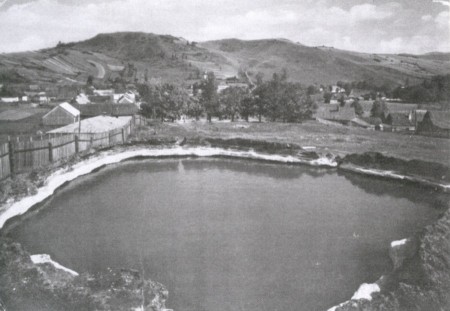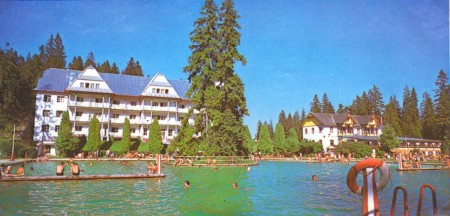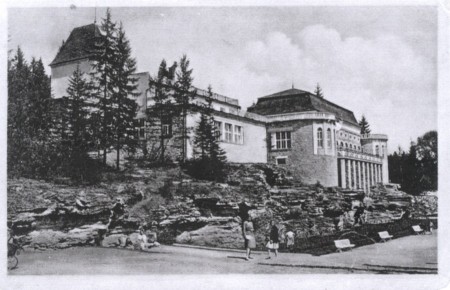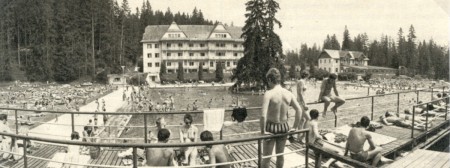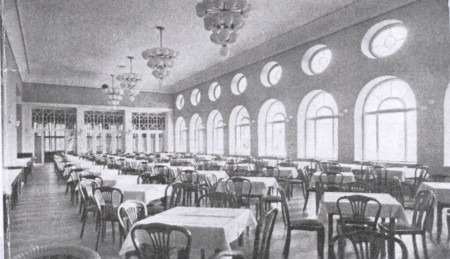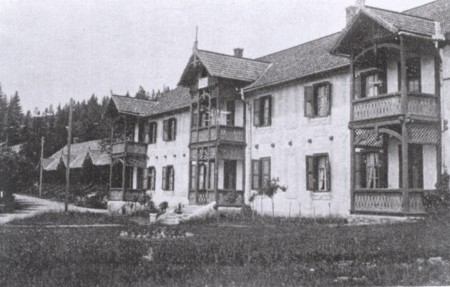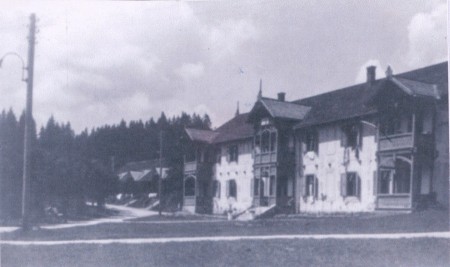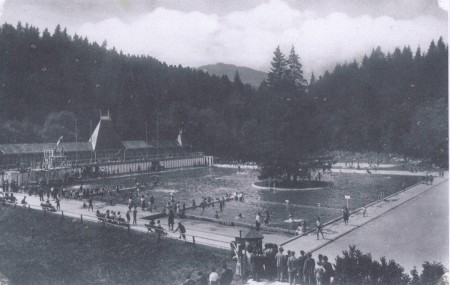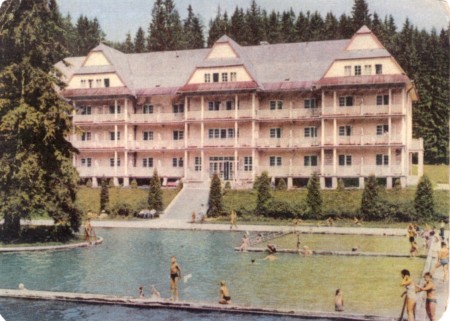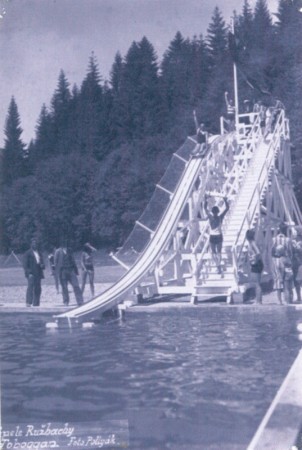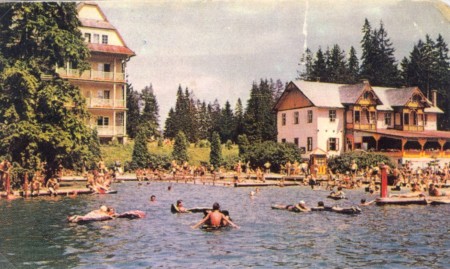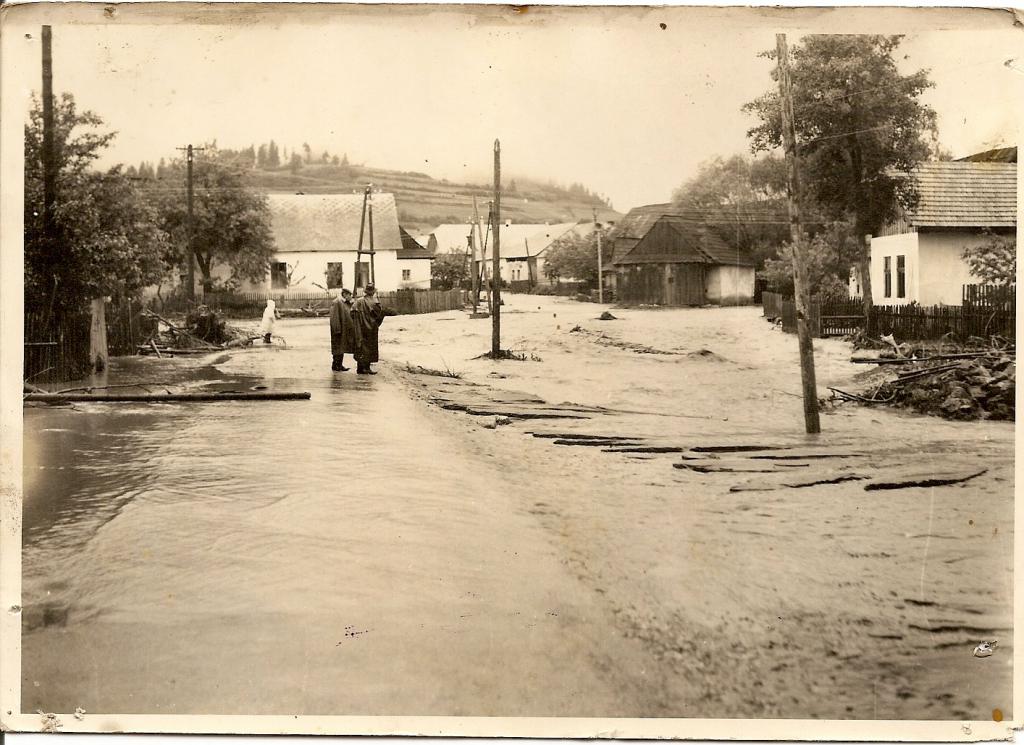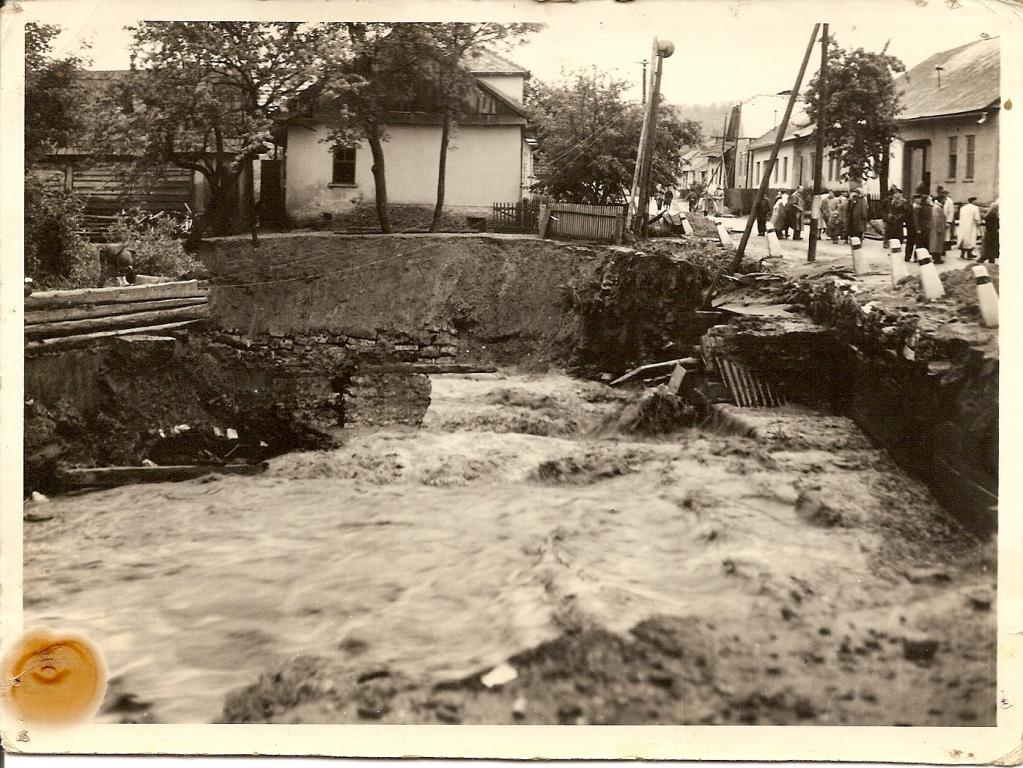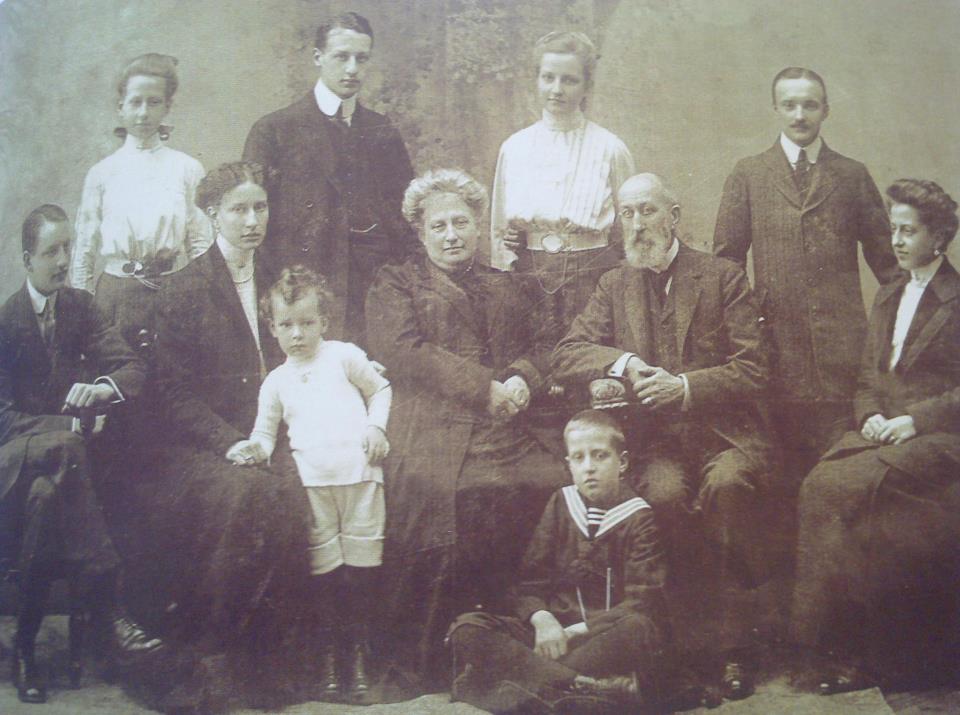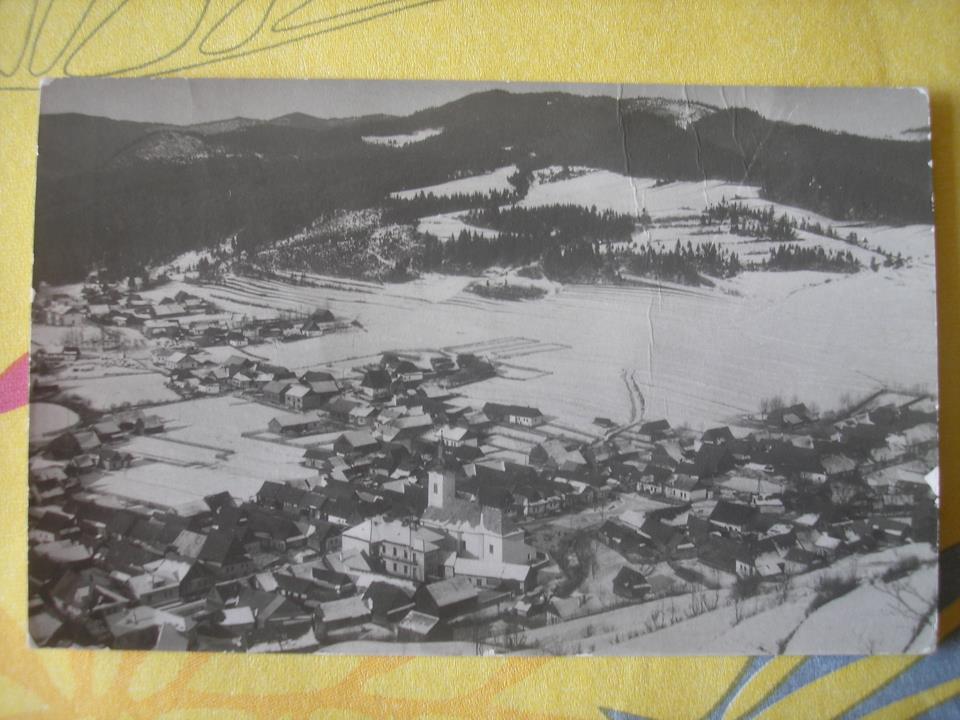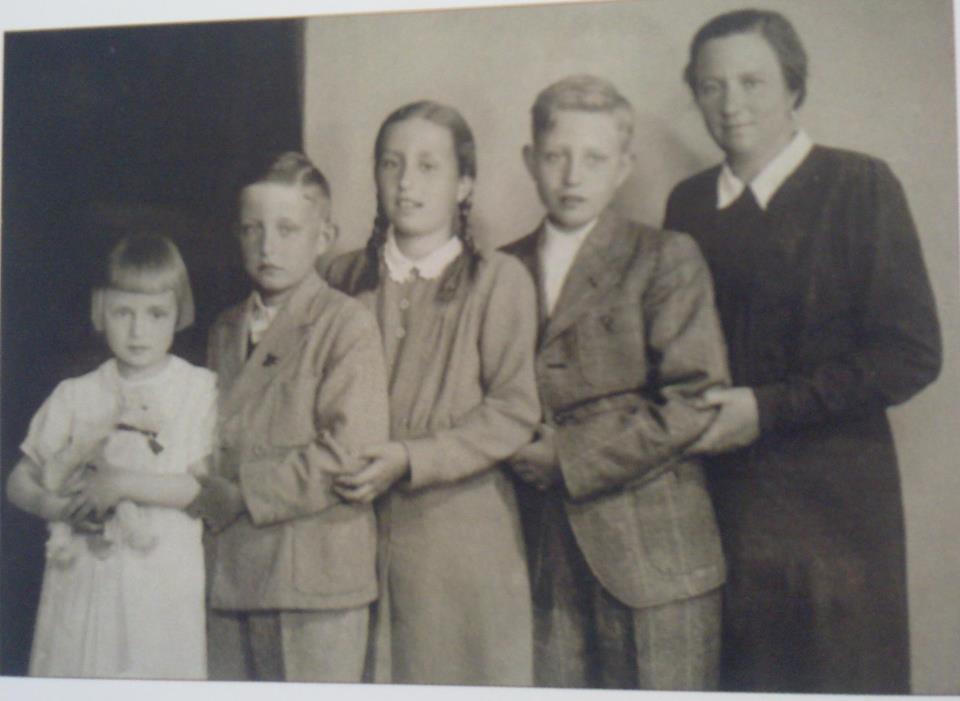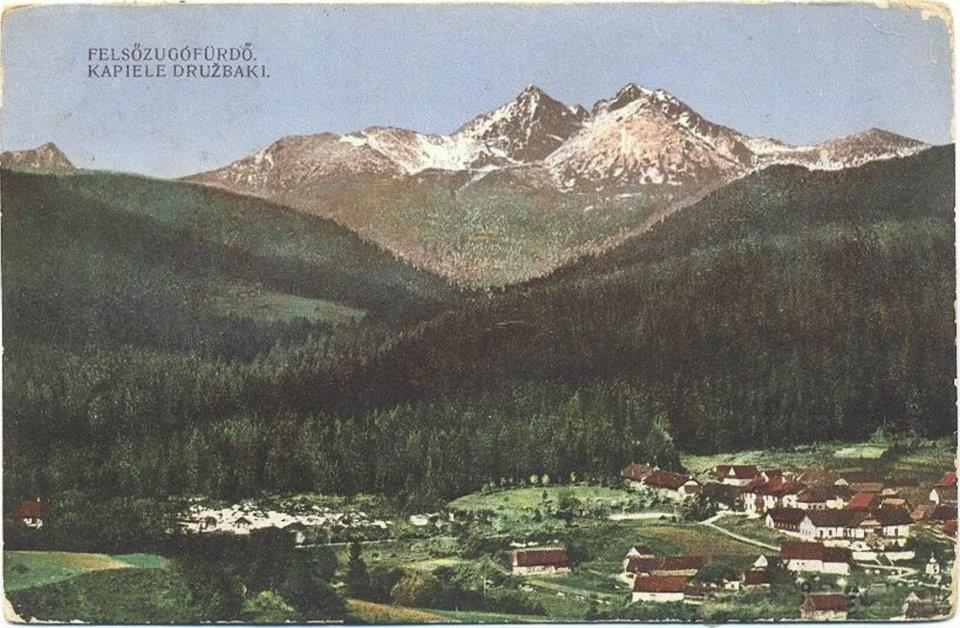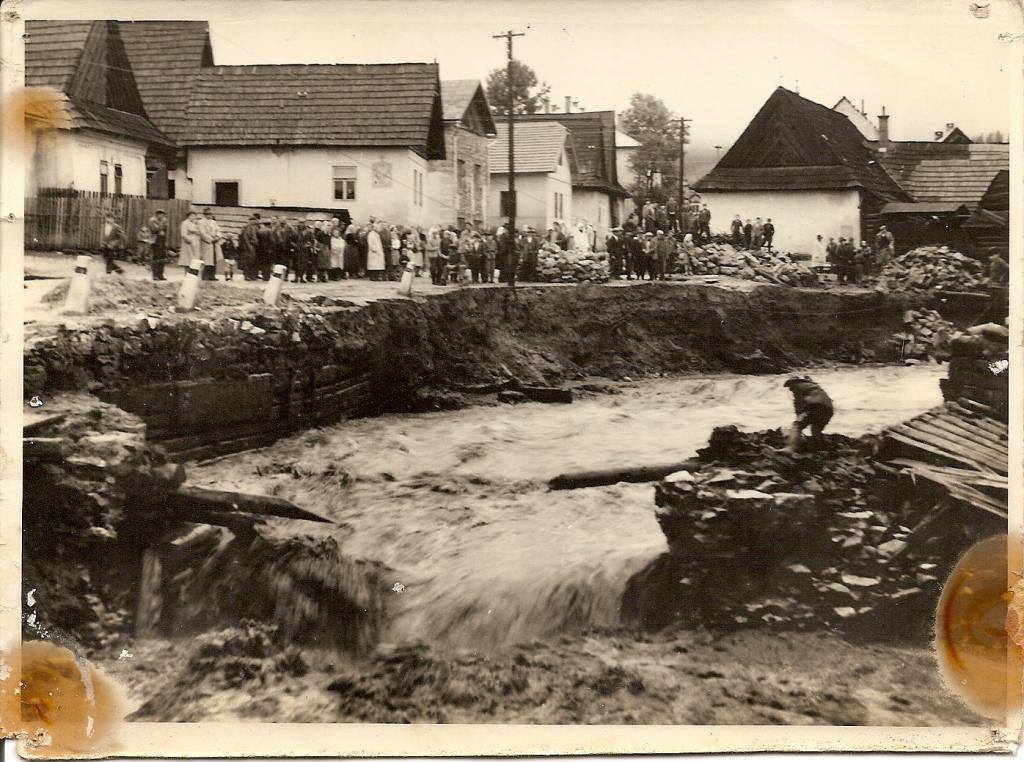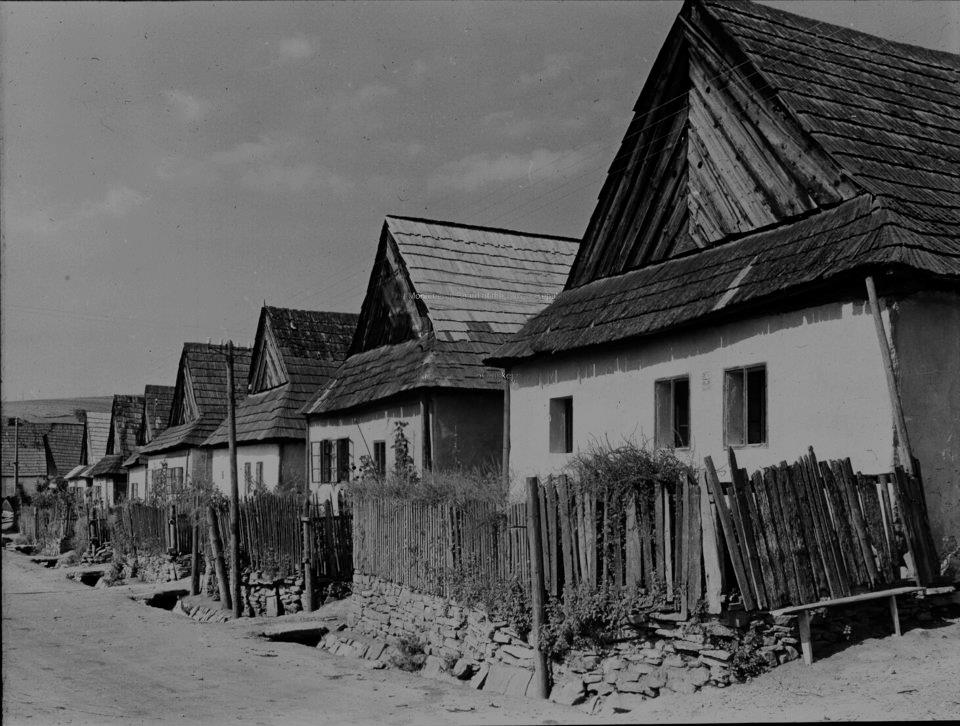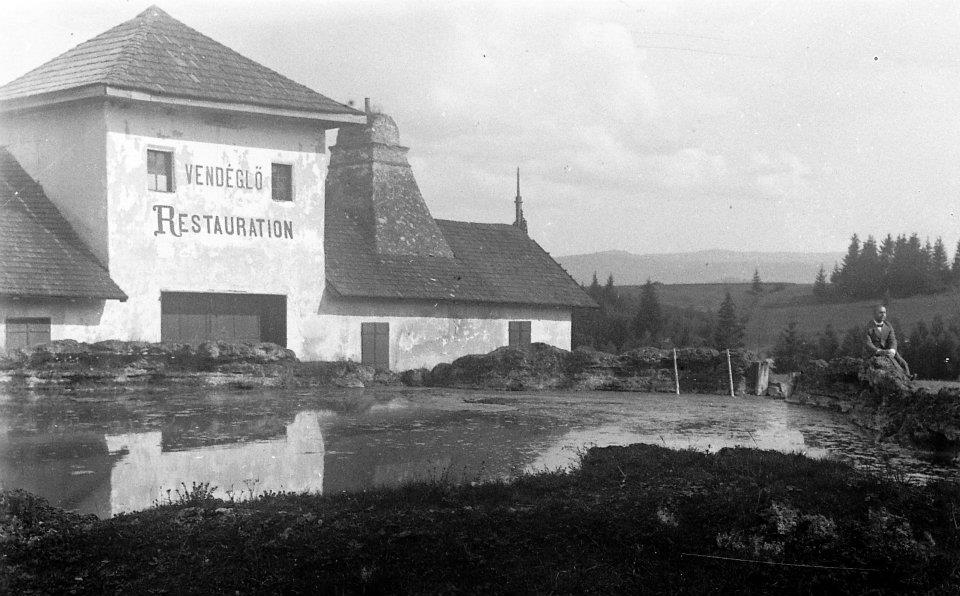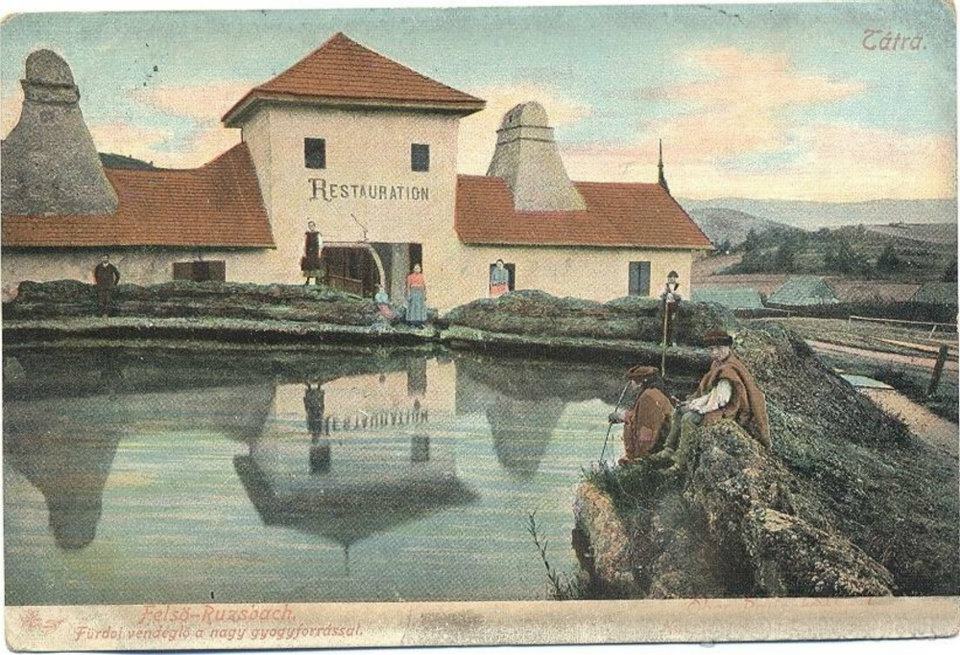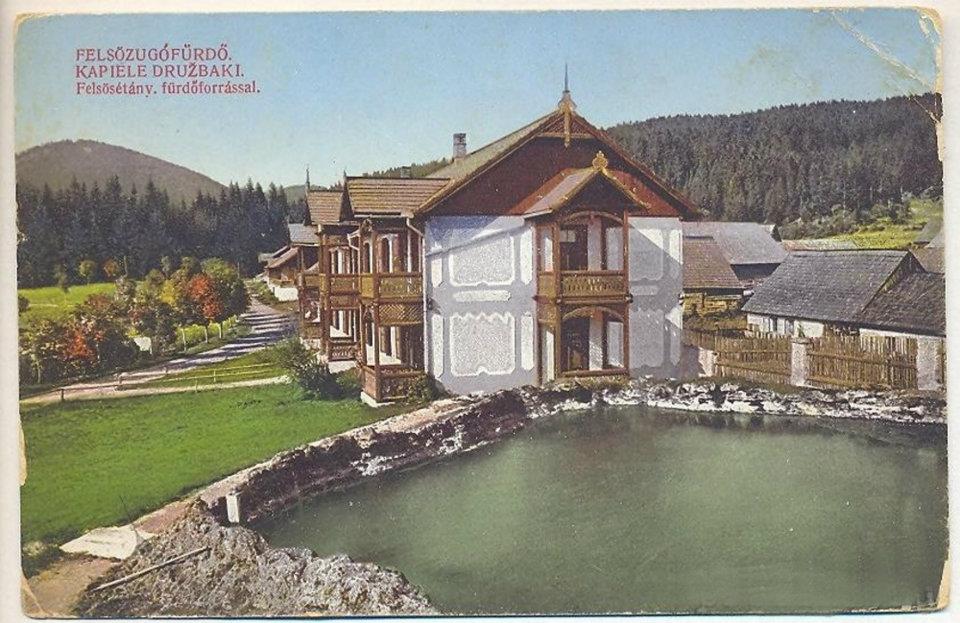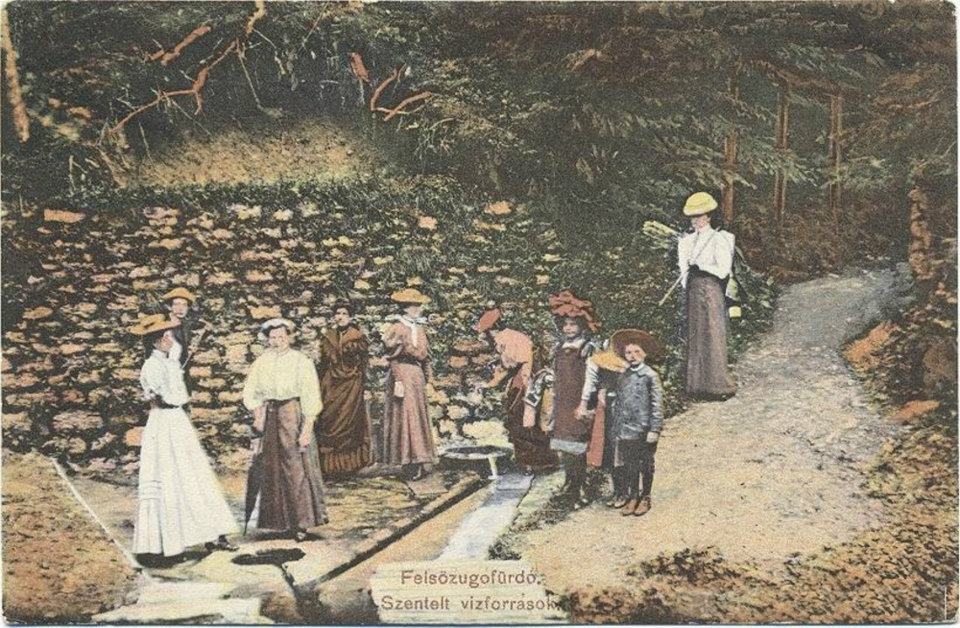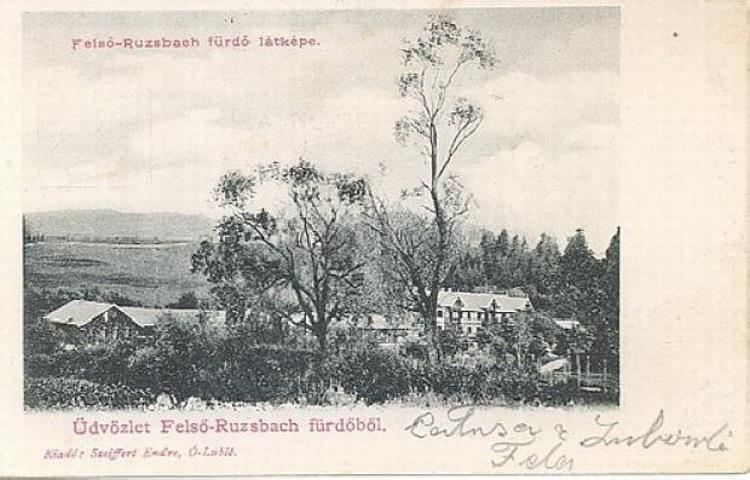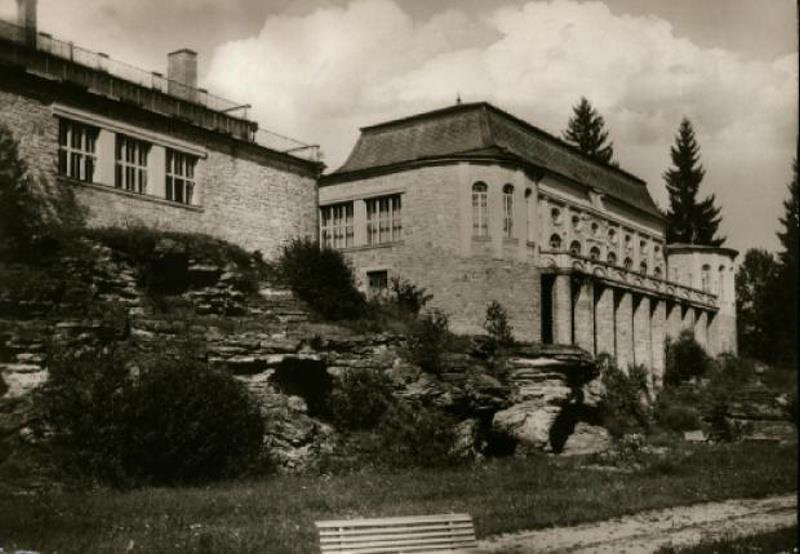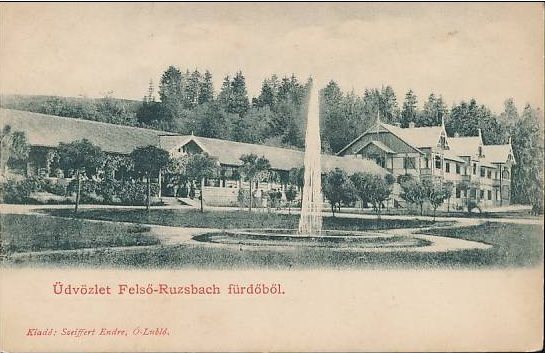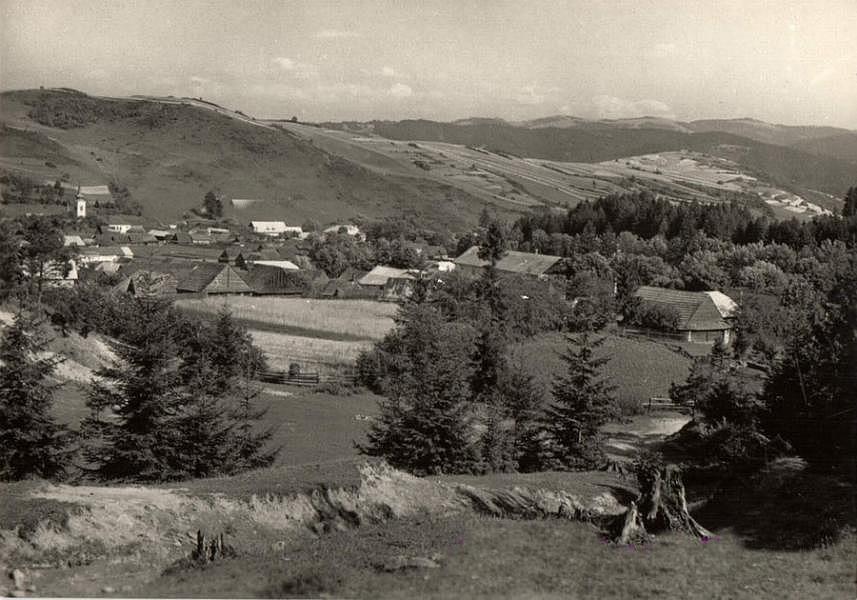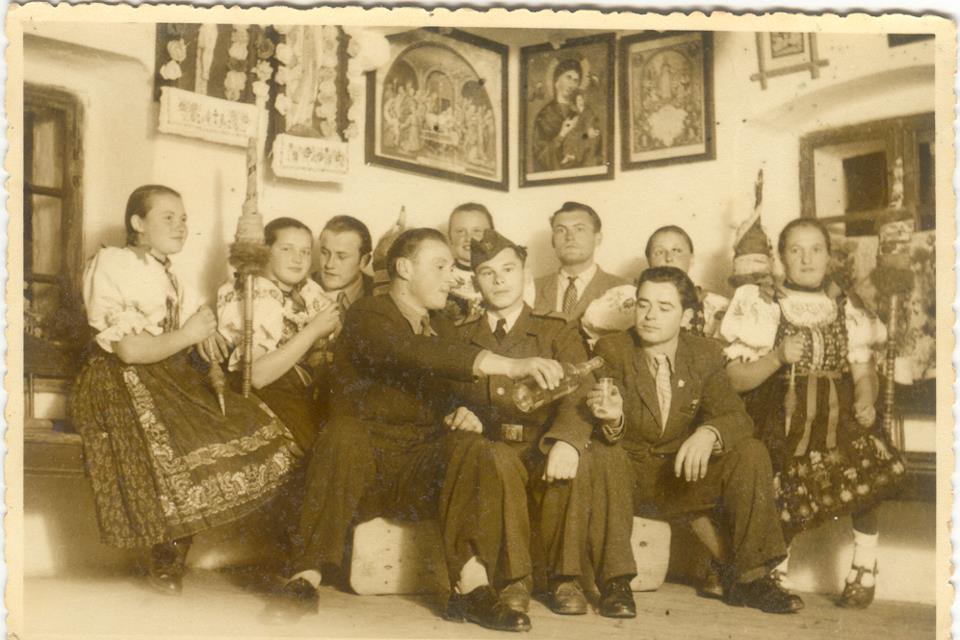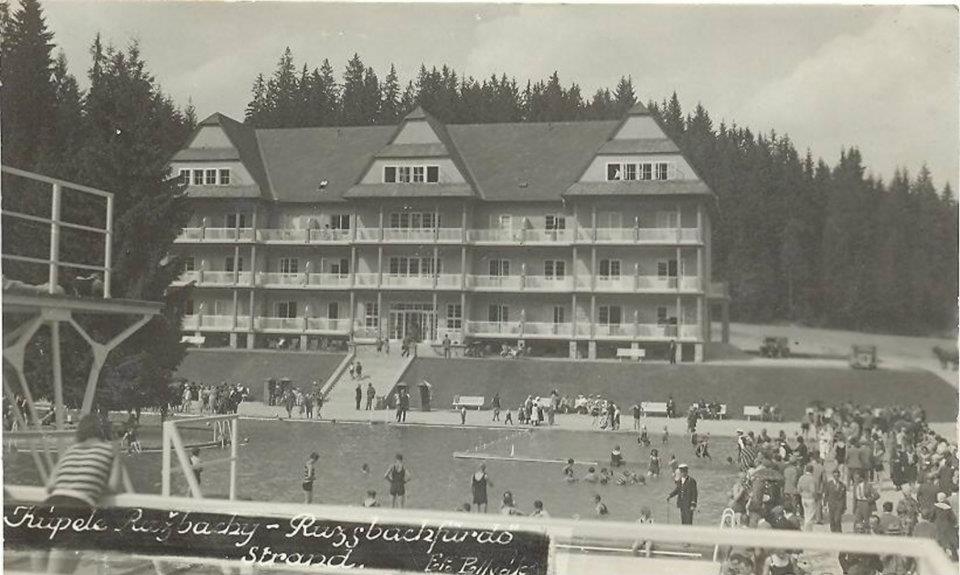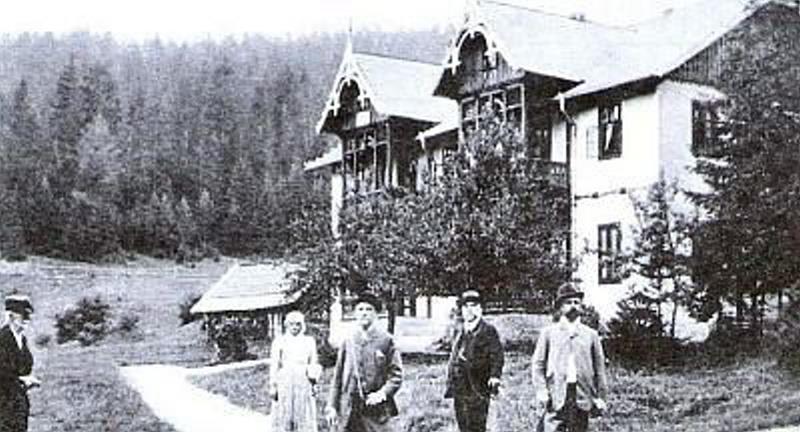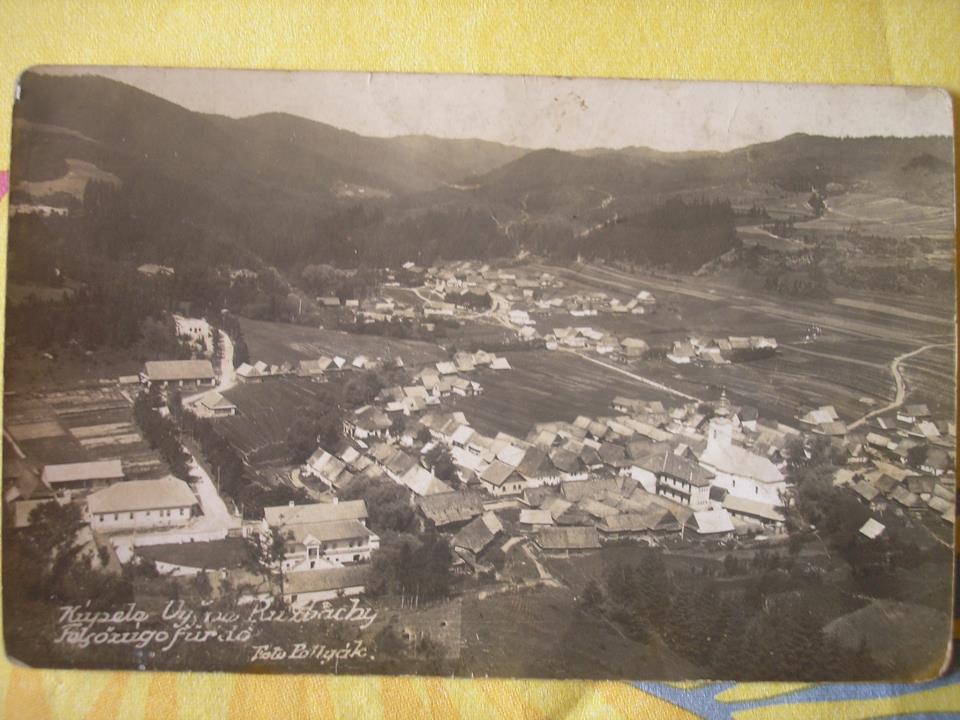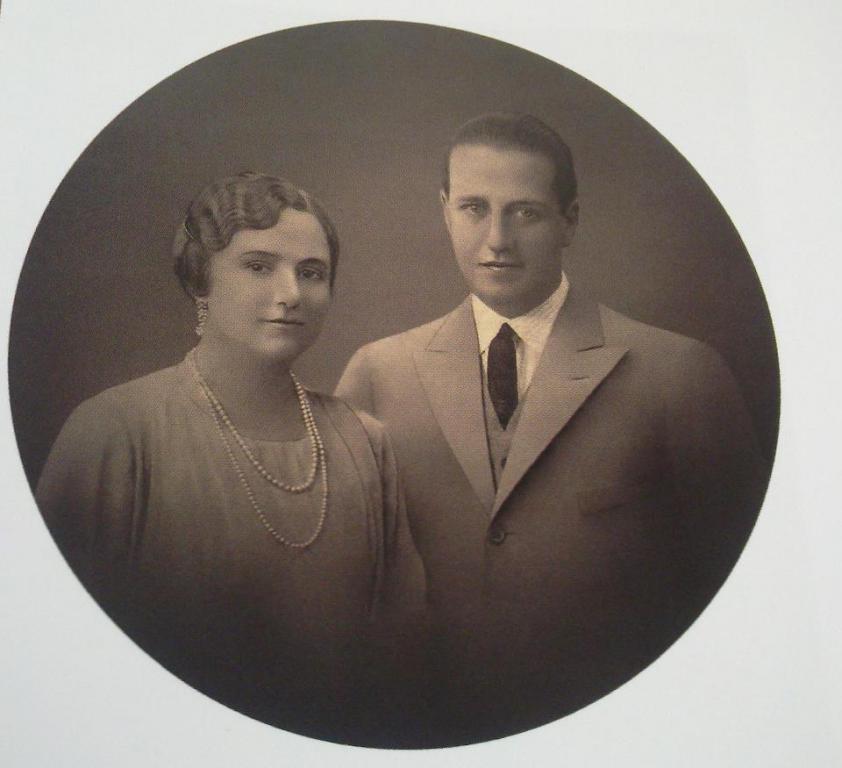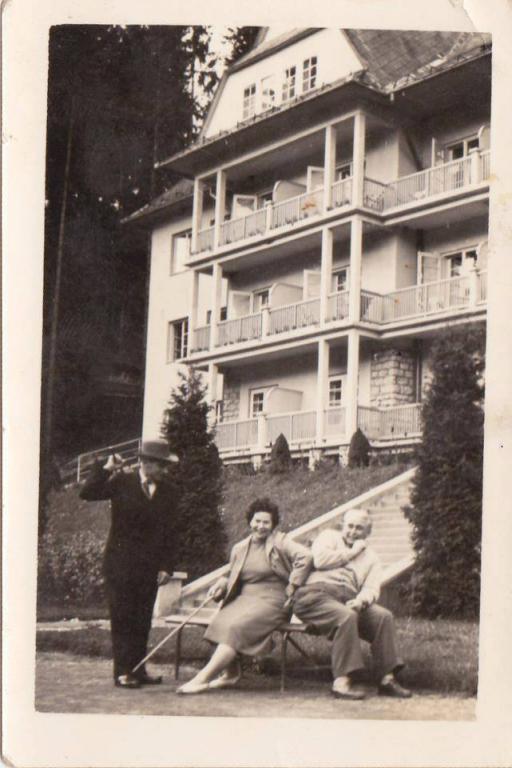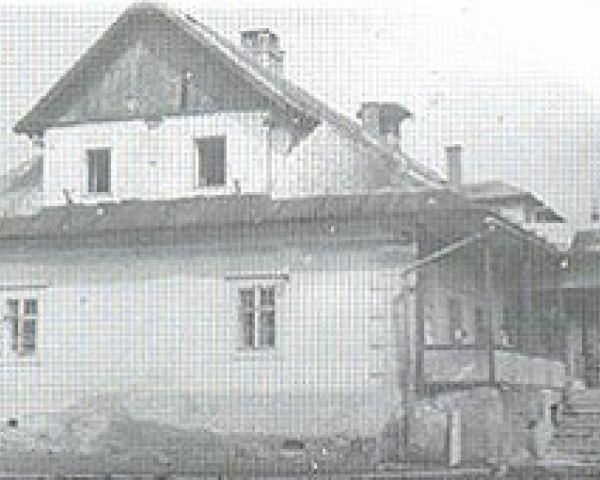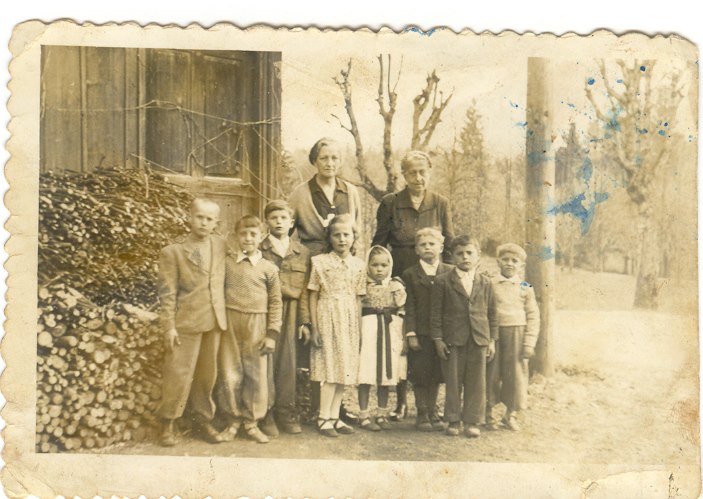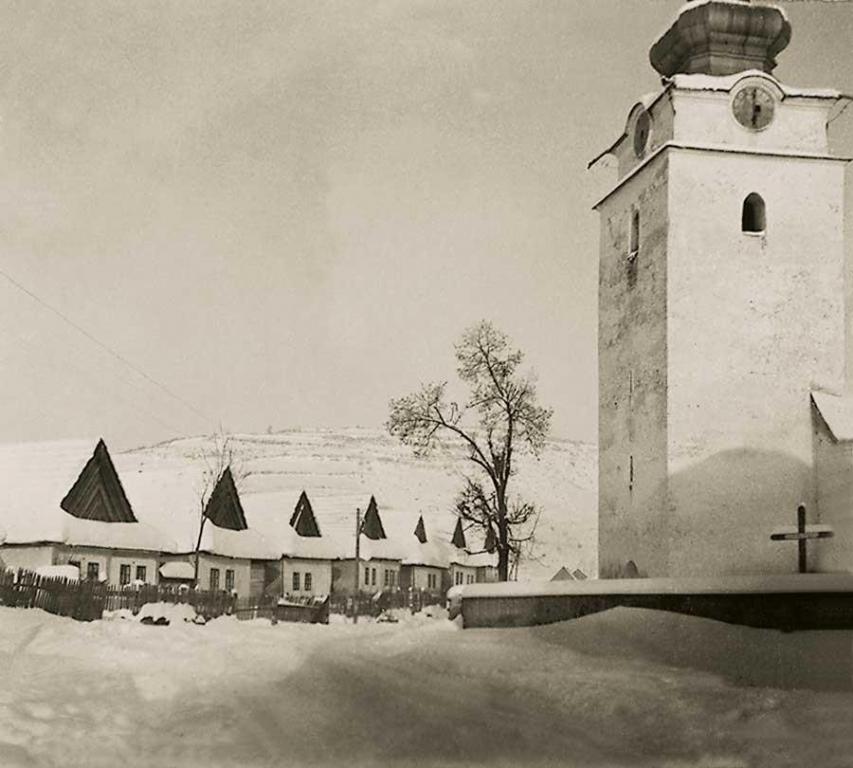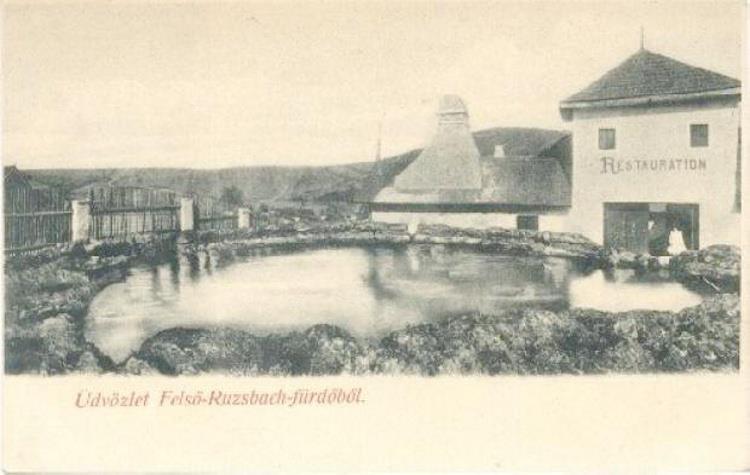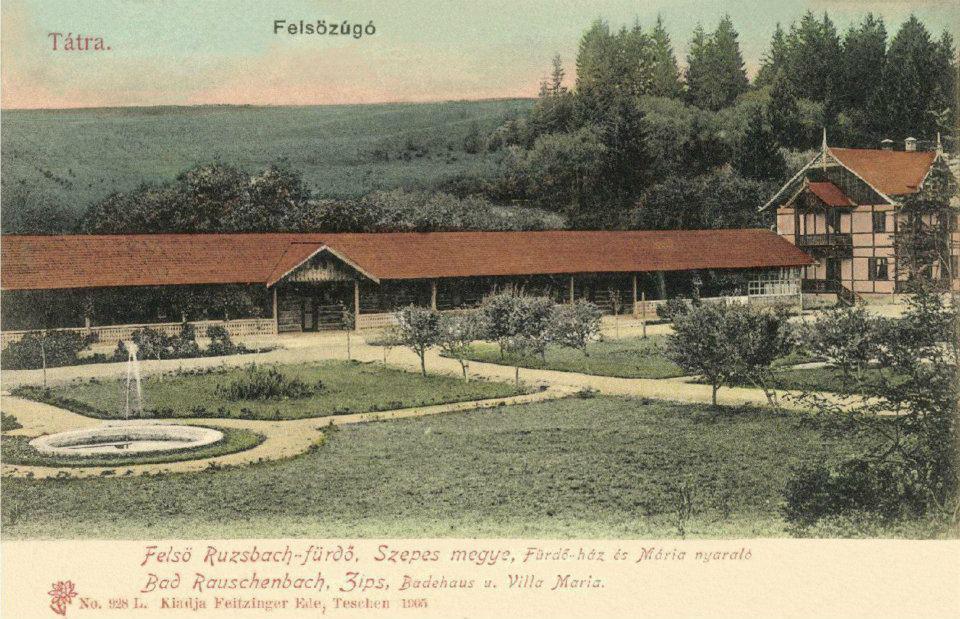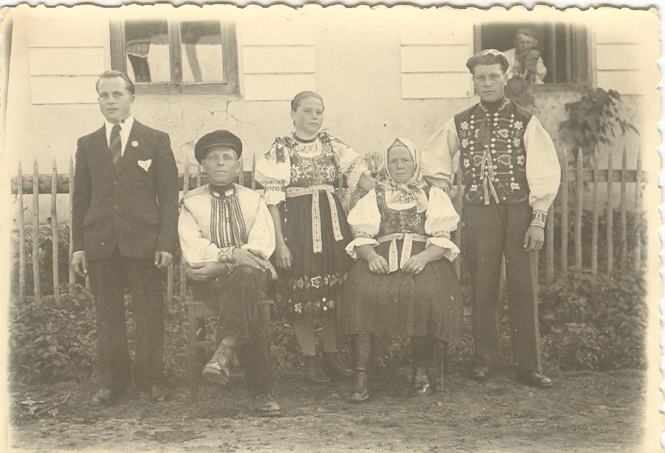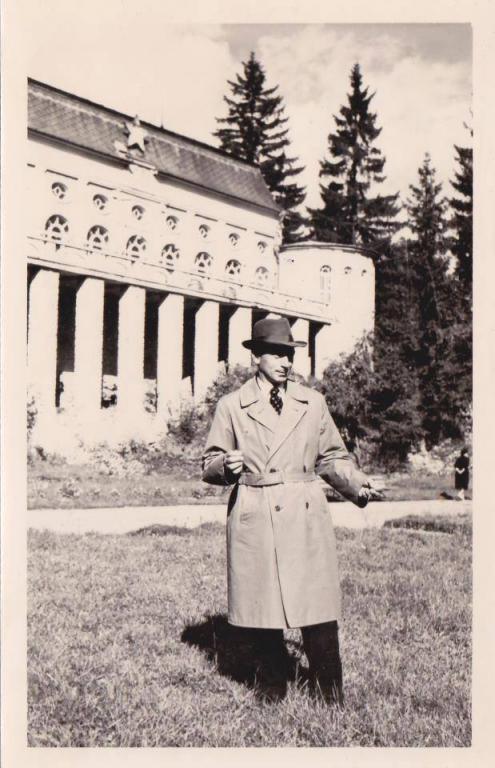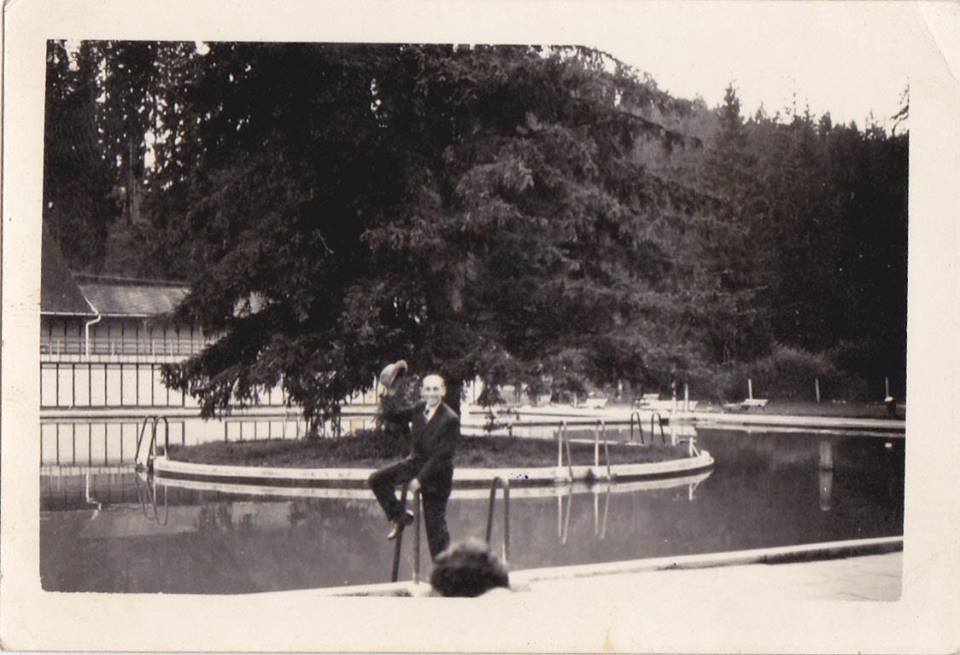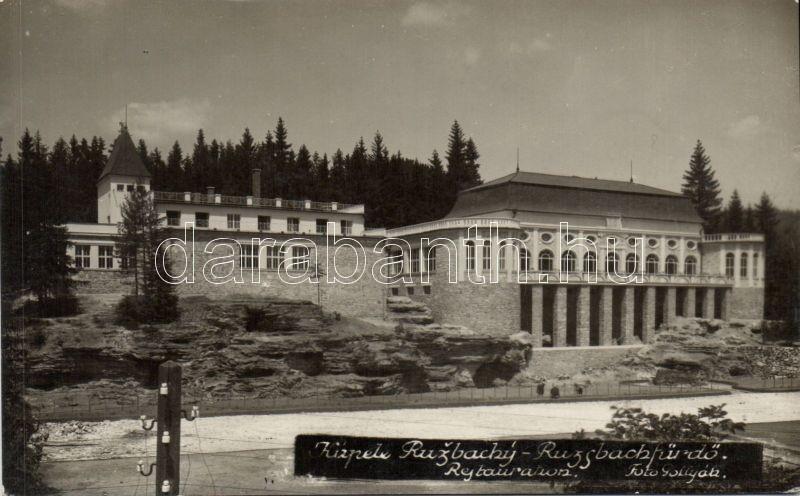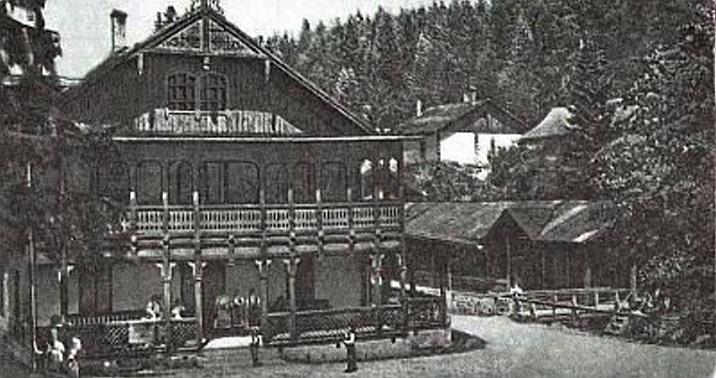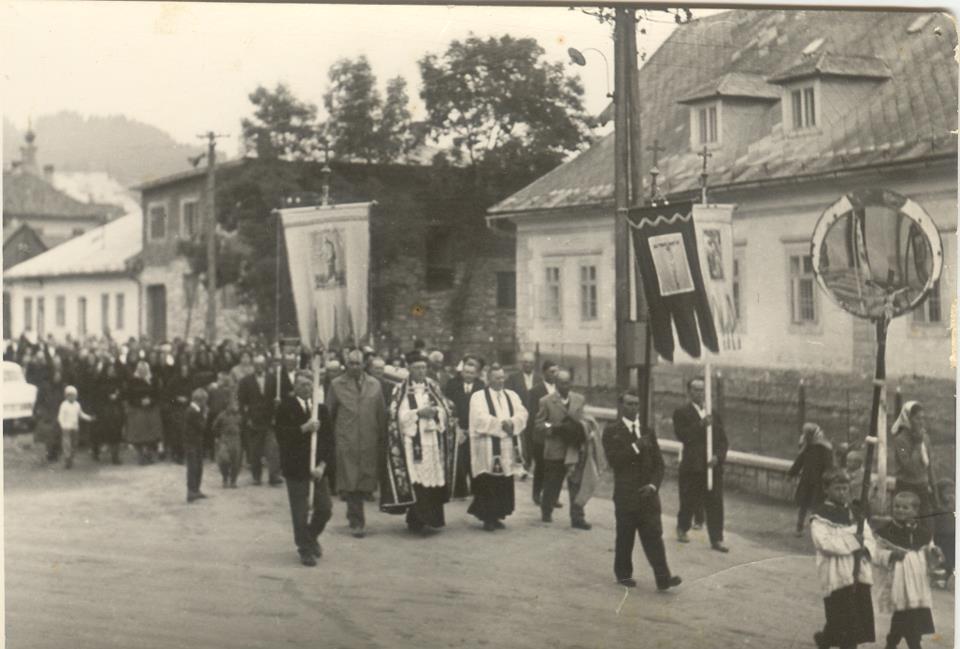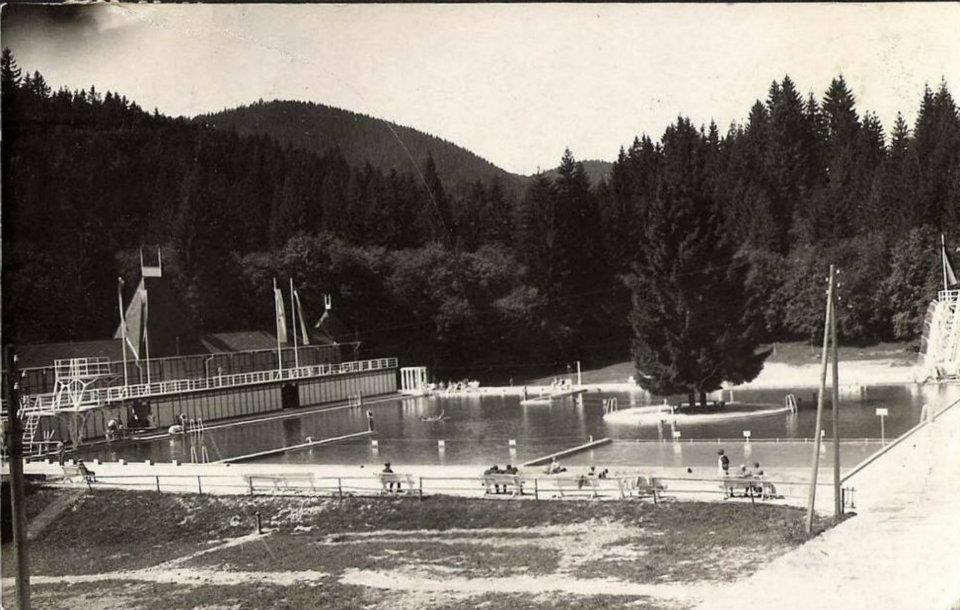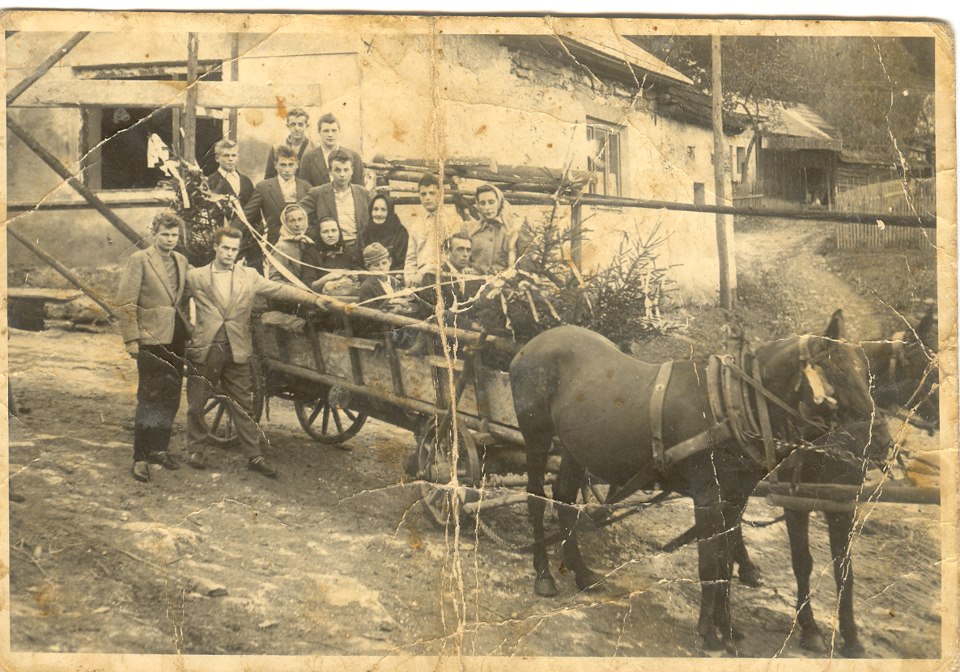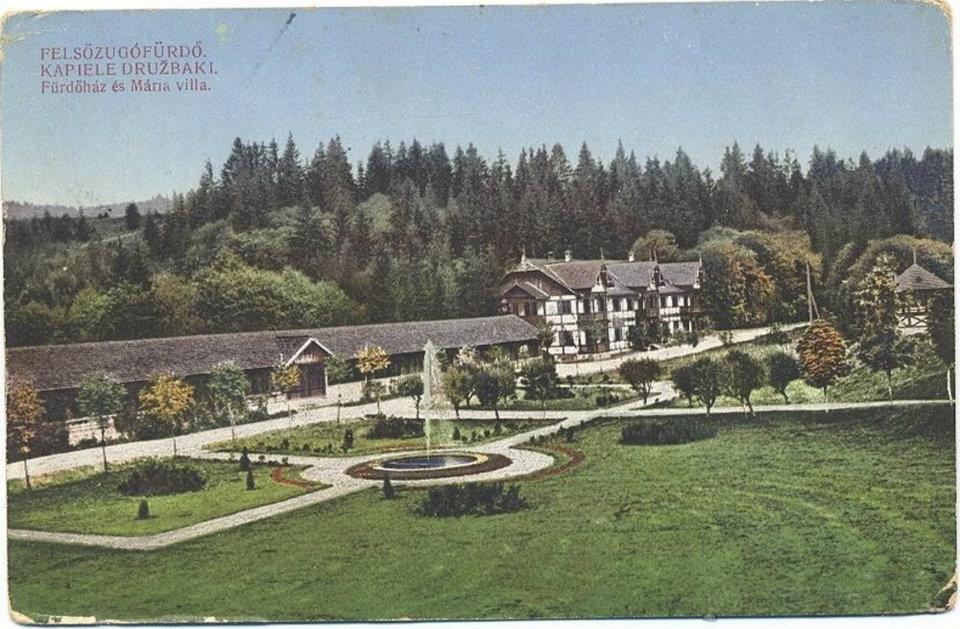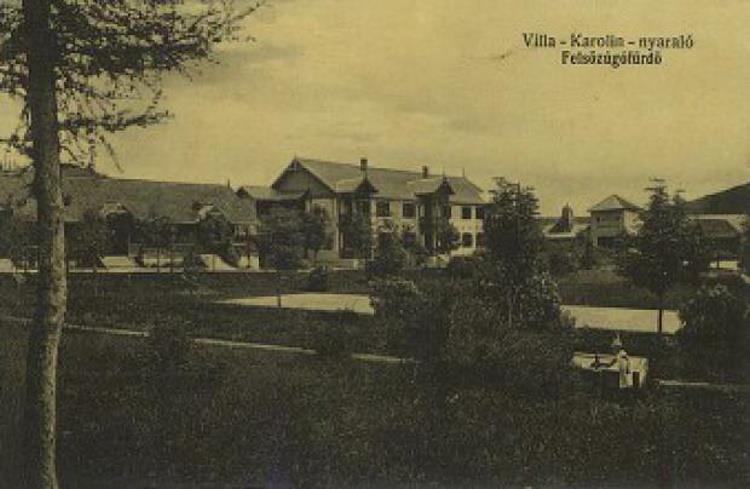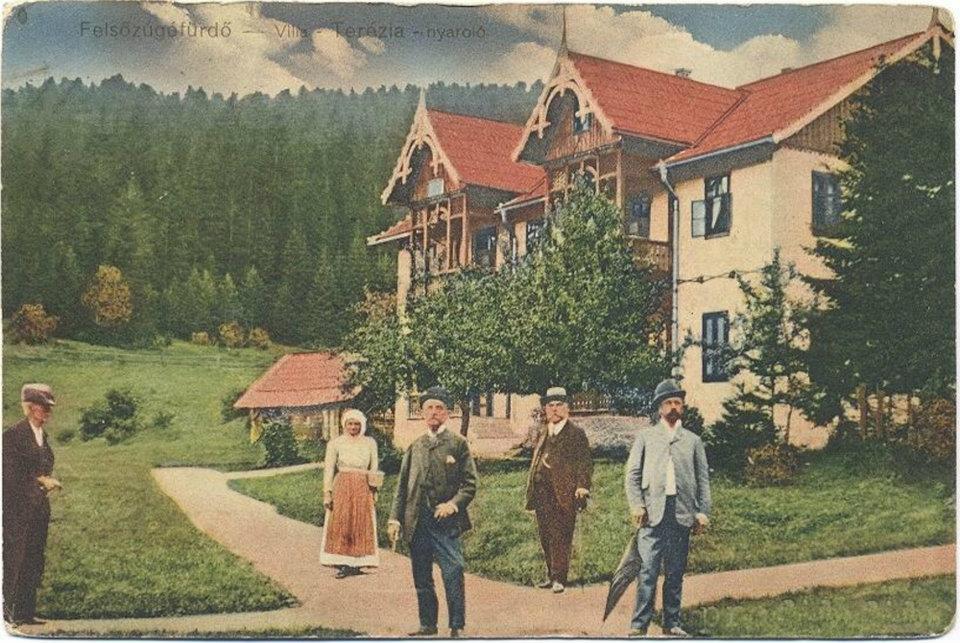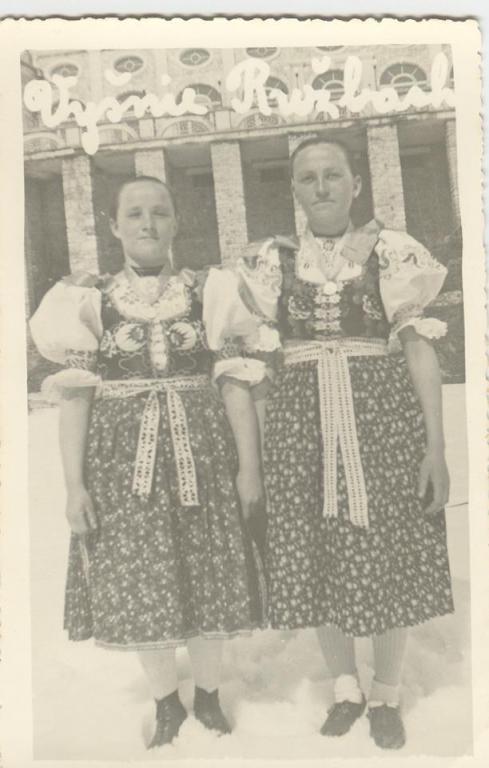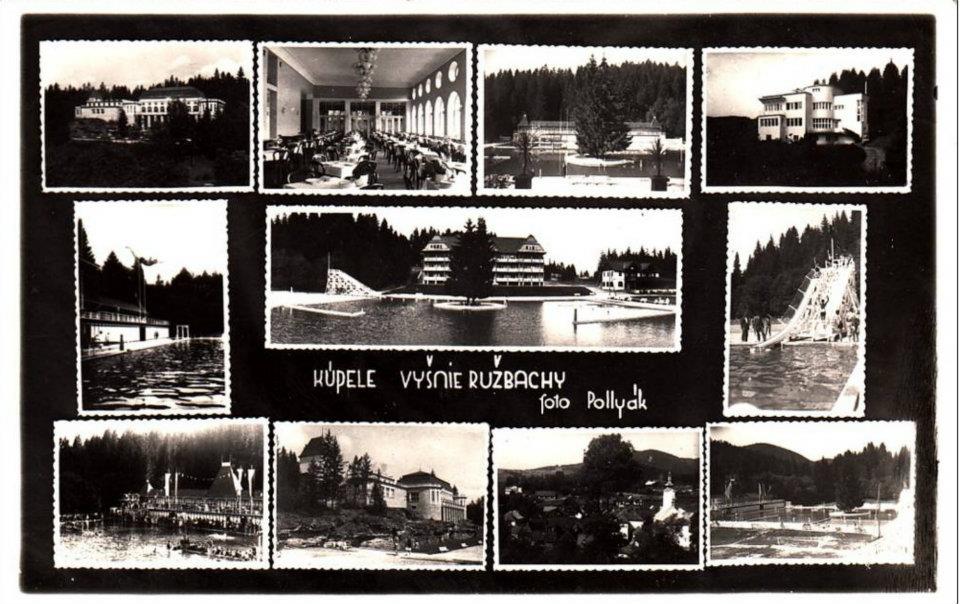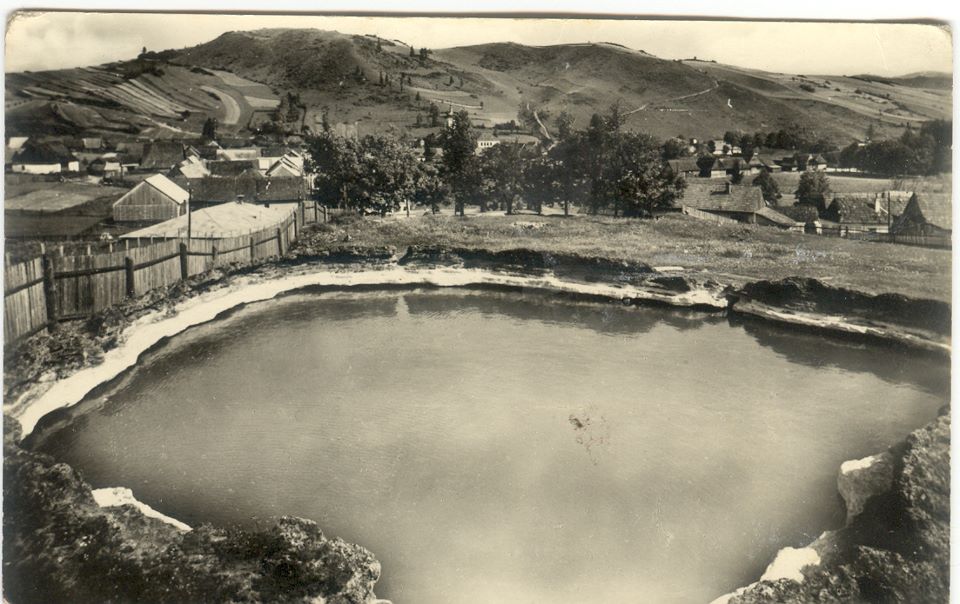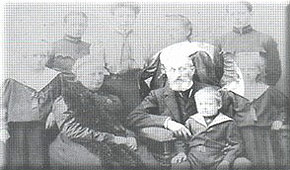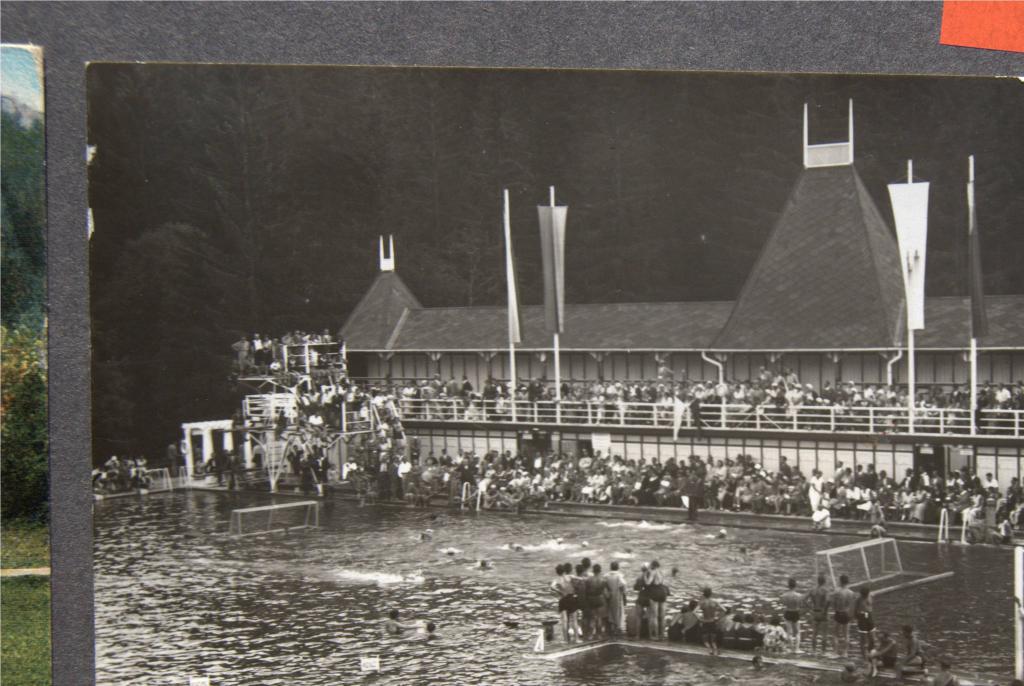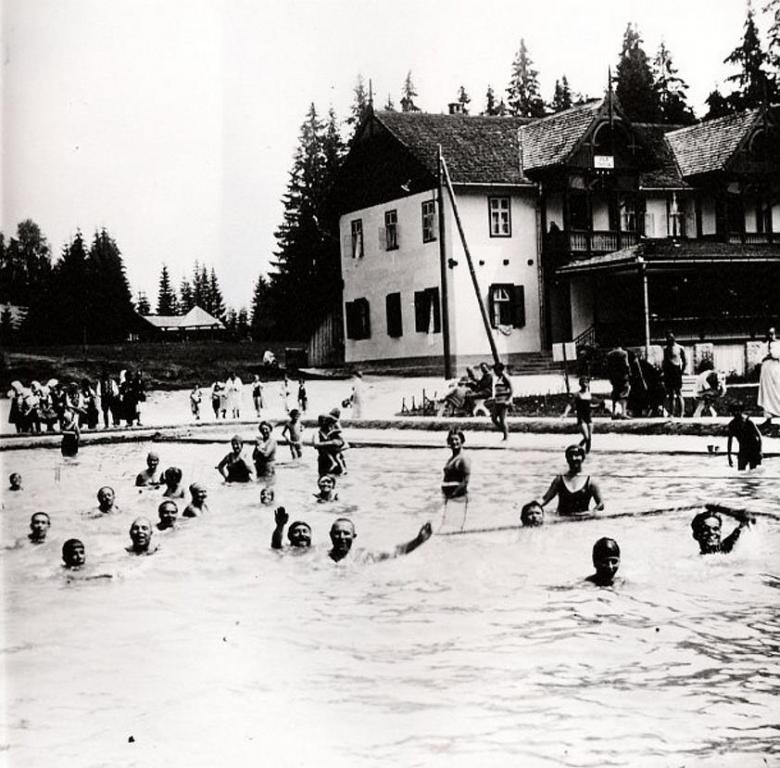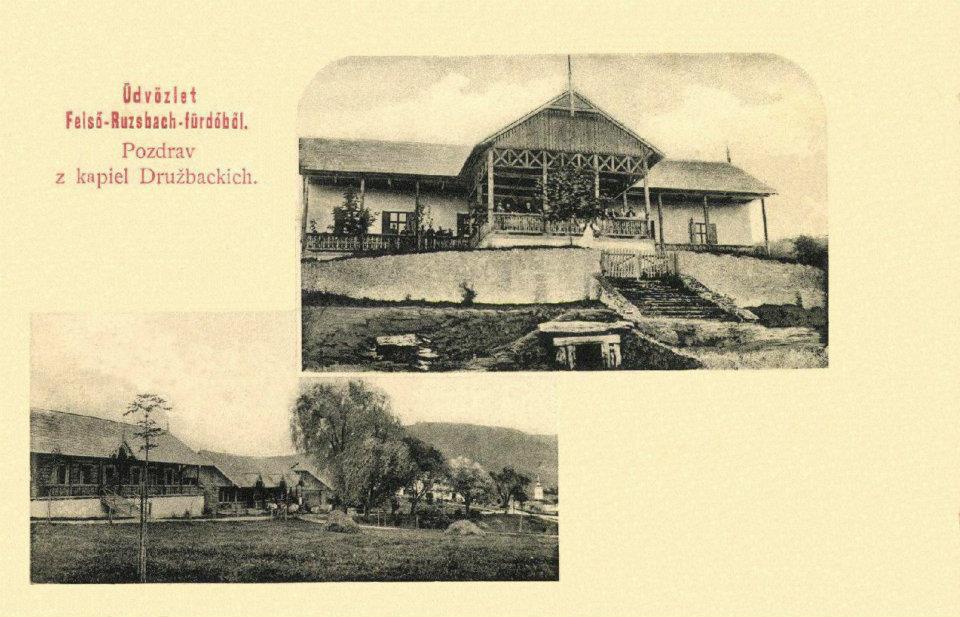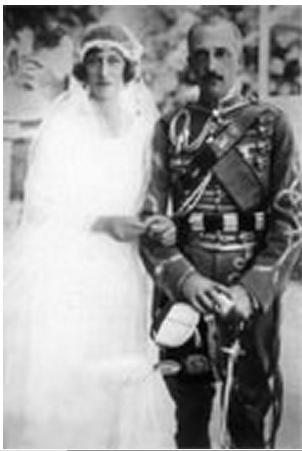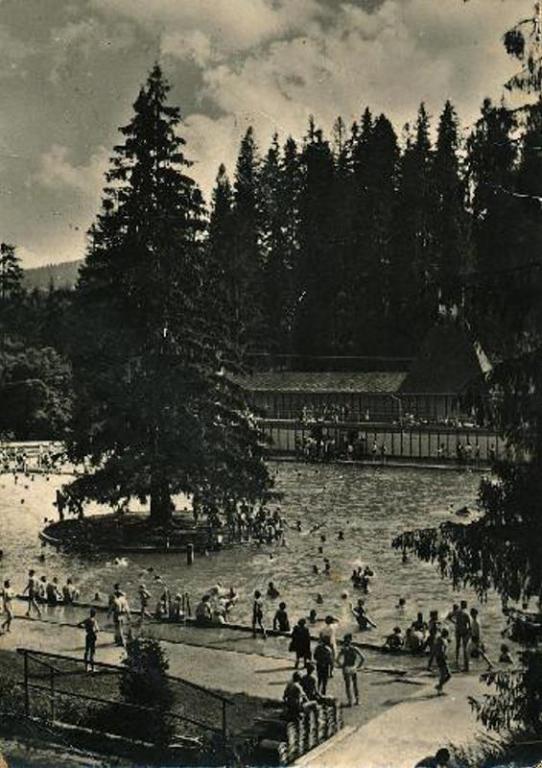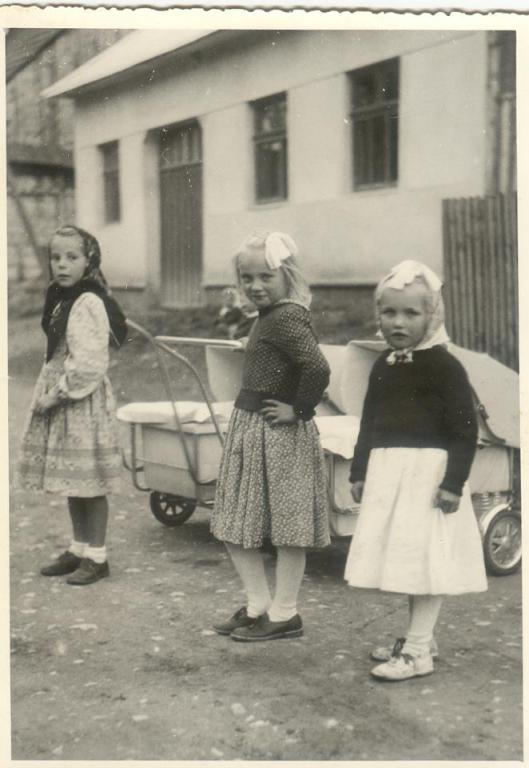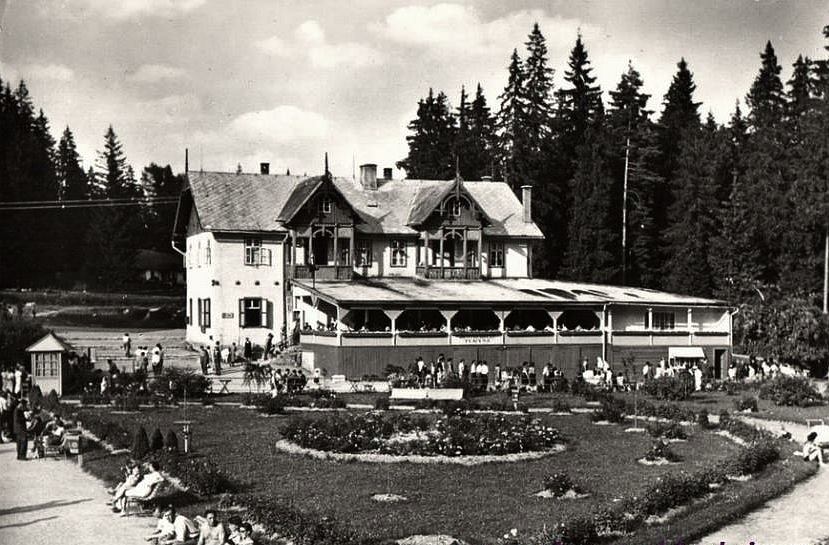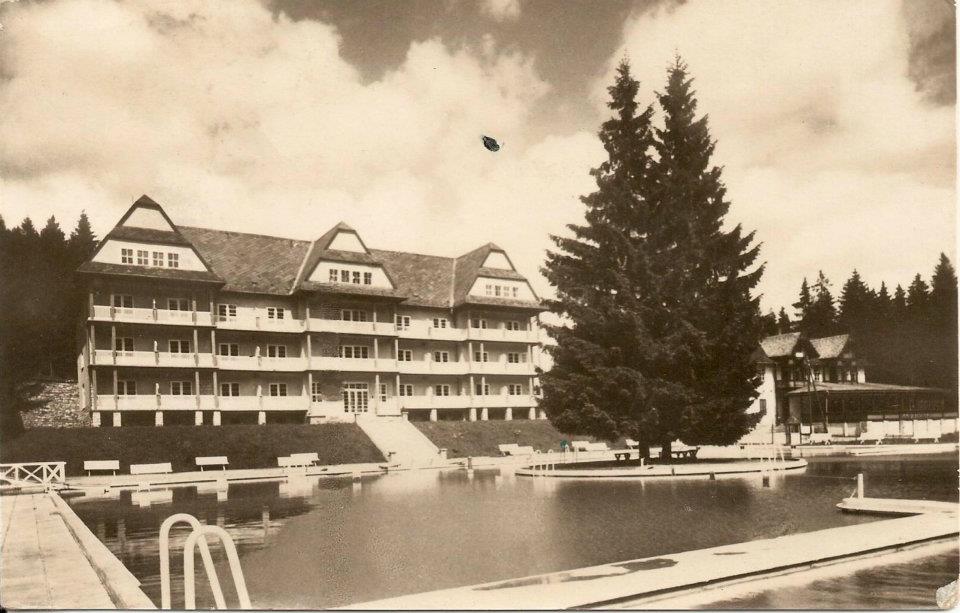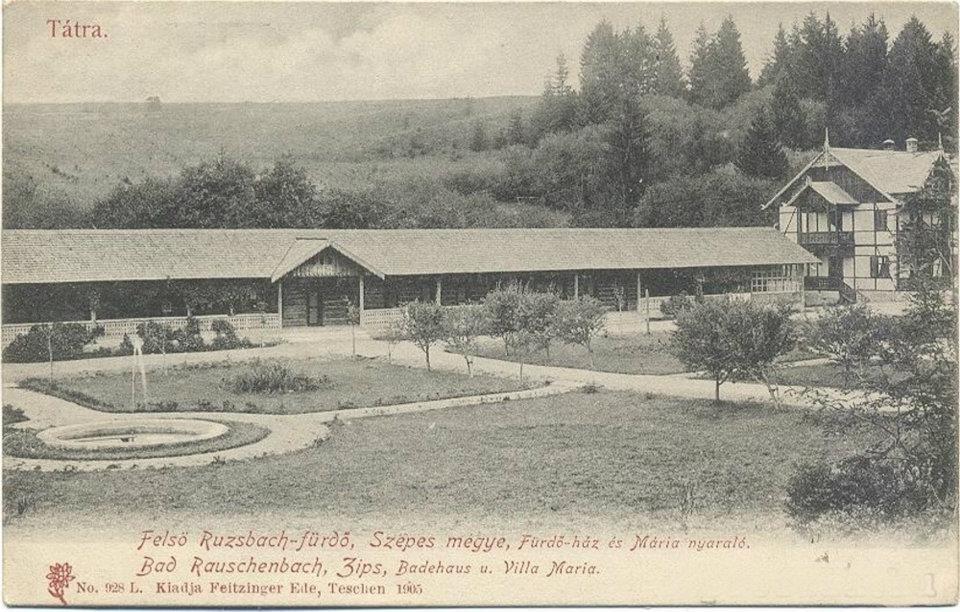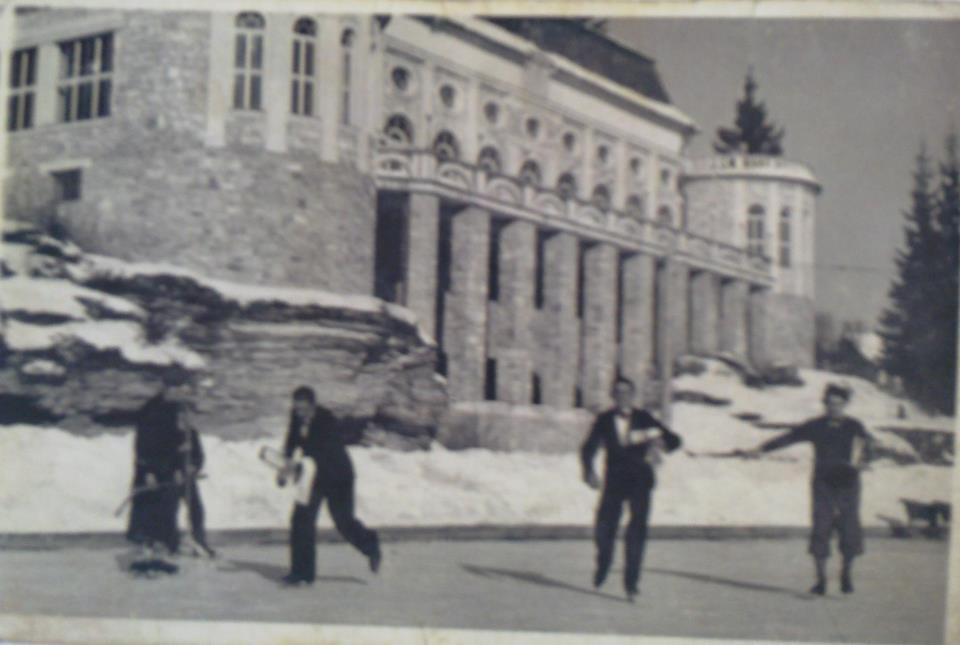
First written reference
In 1412, 16 towns in the Spiš Region, including Vyšné Ružbachy, were given by Sigismund of Luxembourg as collateral to the Polish king Vladislaus II Jagiellon for the period of 360 years. In 1549, Ružbachy began to experience its “Golden Times” as the Polish king Casimir appointed Count Sebastian Lubomirski as a hereditary mayor of the collateral towns. This gave rise to the construction of new buildings and enhanced the social life in the newly forming spa resort.
Development of the spa
In 1595, a new spa building was built. It comprised a swimming pool, kitchen, canteen and a social room. Sebastian’s son Stanislav transformed the spa into a community centre for the Polish and Hungarian nobility. Ružbachy became a popular destination, desired by people of all then-existing social classes. In 1744, after the direct branch of the Lubomirski family became extinct, there was fluctuation in spa owners and it had negative effects on the spa as such. In 1772, the collateral regions were transferred back to the possession of Hungarian Monarchy.
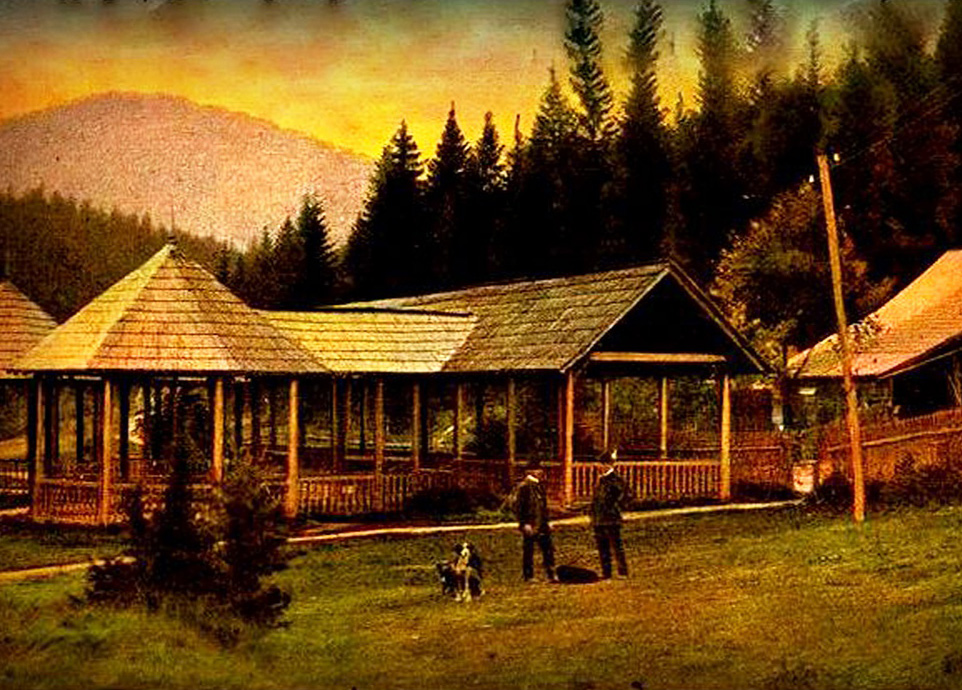
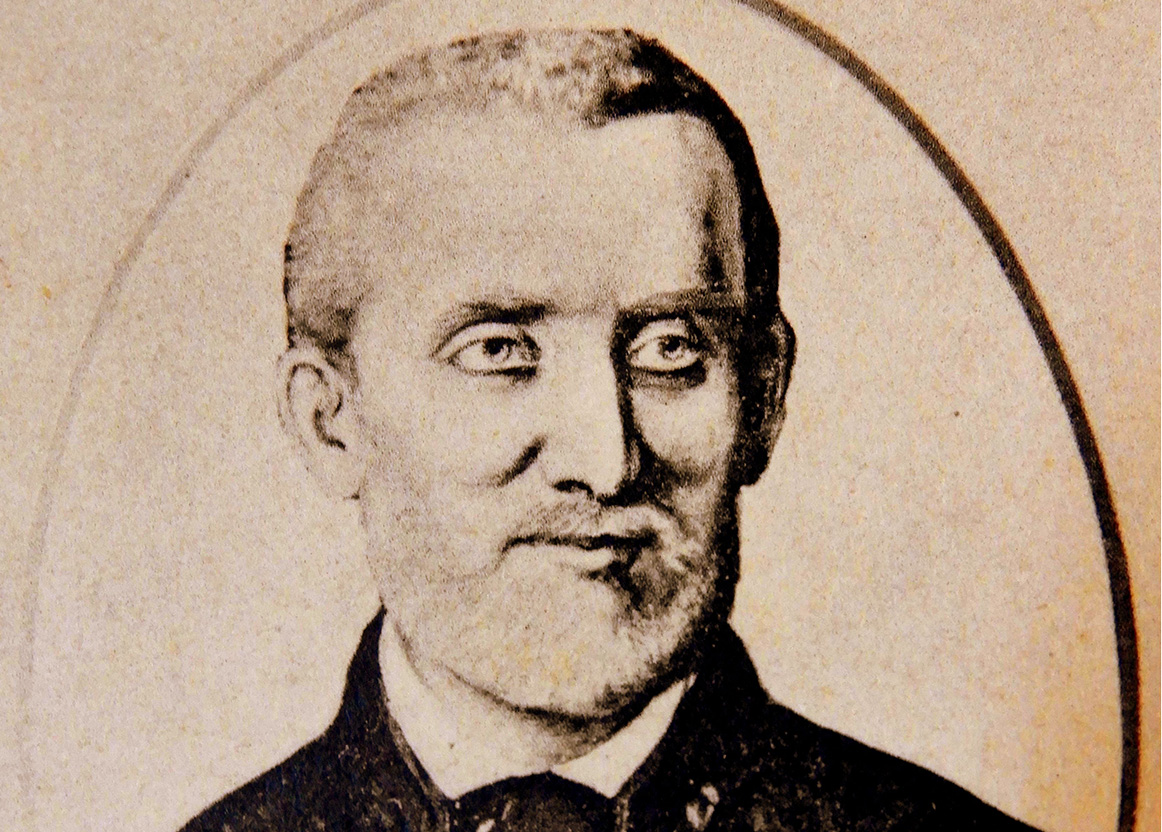
Heritage of Emerich von Jony
Heritage of Emmerich von Jony
In 1825, the spa and the villages of Nižné Ružbachy and Vyšné Ružbachy became the property of a donor, Baron Emmerich of Jony, who initiated intensive reconstruction of the spa. He built a castle, restaurant, a new spa house and a mirror bath. His son Theodor Jony, being an heir, managed the spa till 1865. Due to the lack of time and funds, he assigned the spa management to the Lyceum in the town of Kežmarok. In 1883, the Lyceum decided, with the spa owner’s consent, to sell the spa to a Polish Count Andrzej Zamoyski.
Princess Carolina
She was born on 20 March 1856 as a daughter of Count France de Paula de Trapani and Archduchess Maria Isabella of Bourbon, born Habsburg. On 18 November 1885, Count Andrzej Zamoyski married Princes Carolina of Bourbon in Paris at the Town Hall in Elysée. The couple settled in a manor under the Ľubovňa Castle and had eight children. Princess Caroline was a great supporter of her husband’s construction projects in the Vyšné Ružbachy Spa; Andrzej built three spa villas—Maria, Teresa and Carolina, and a smaller outdoor swimming pool.
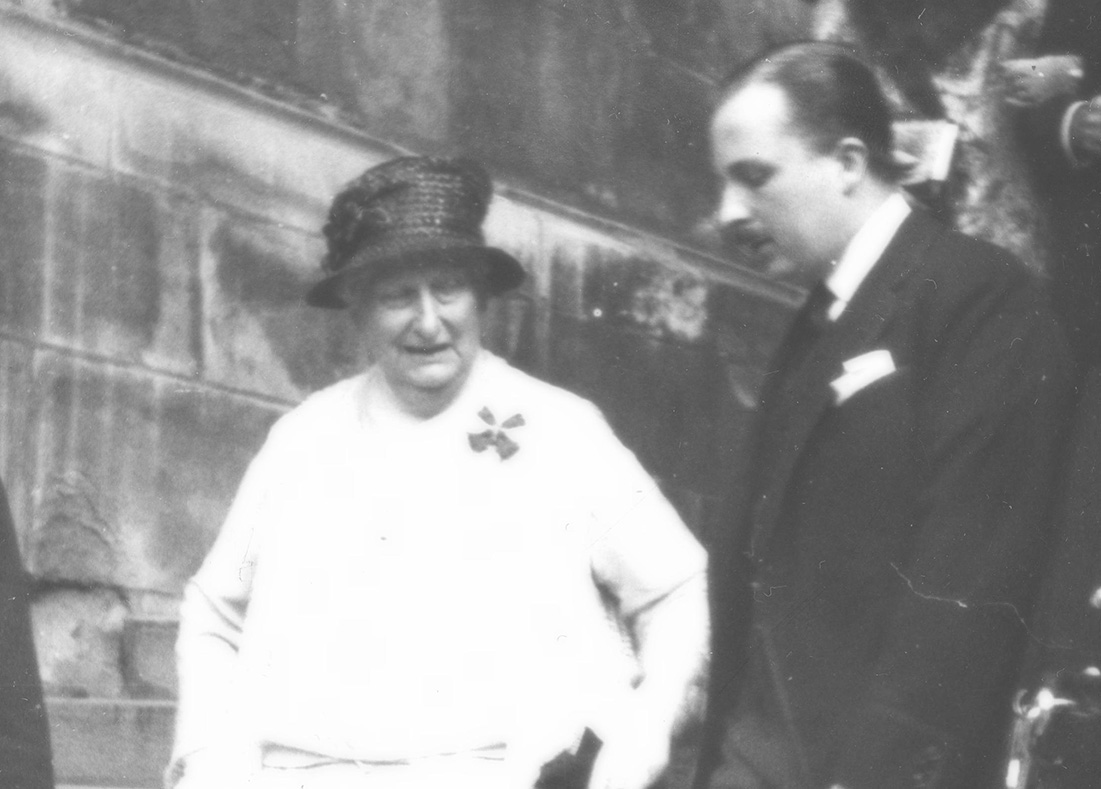

Royal wedding in Ružbachy
In September 1923, the town of Ružbachy witnessed an exceptional event that has gone down in the history of the European royal nobility. Countess Carolina, the daughter of Andrzej Zamoyski, married Prince Reinier of Bourbon in a local church in Vyšné Ružbachy. A witness to this wedding ceremony was the Spanish king Alfonso XIII and many important guests from the European nobility participated. The ceremonial mass was celebrated by the Bishop of Banská Bystrica, Marián Blaha, together with the apostolic nuncio Francesco Marmaggi. The wedding celebration took place in the local restaurant near the Crater Lake.
Princess Isabella
In autumn 1929, her majesty, Princess Isabella of Bourbon, the wife of Jan Kanty Zamoyski, arrived to the region of Stará Ľubovňa. The lived in the area below the Ľubovňa Castle. Thanks to a rich dowry of Spanish monarchs, the family was able to execute great modernising projects in the Vyšné Ružbachy Spa. They built the White House, enlarged the outdoor swimming pool, and in 1931 they started to use the Strand Bad Hotel—today’s Grand Hotel Strand****. At that time, an interesting attraction in the spa was an American toboggan which attracted clients from near and far. As a result of all that, the spa with its modern style was ready to open to the whole world.

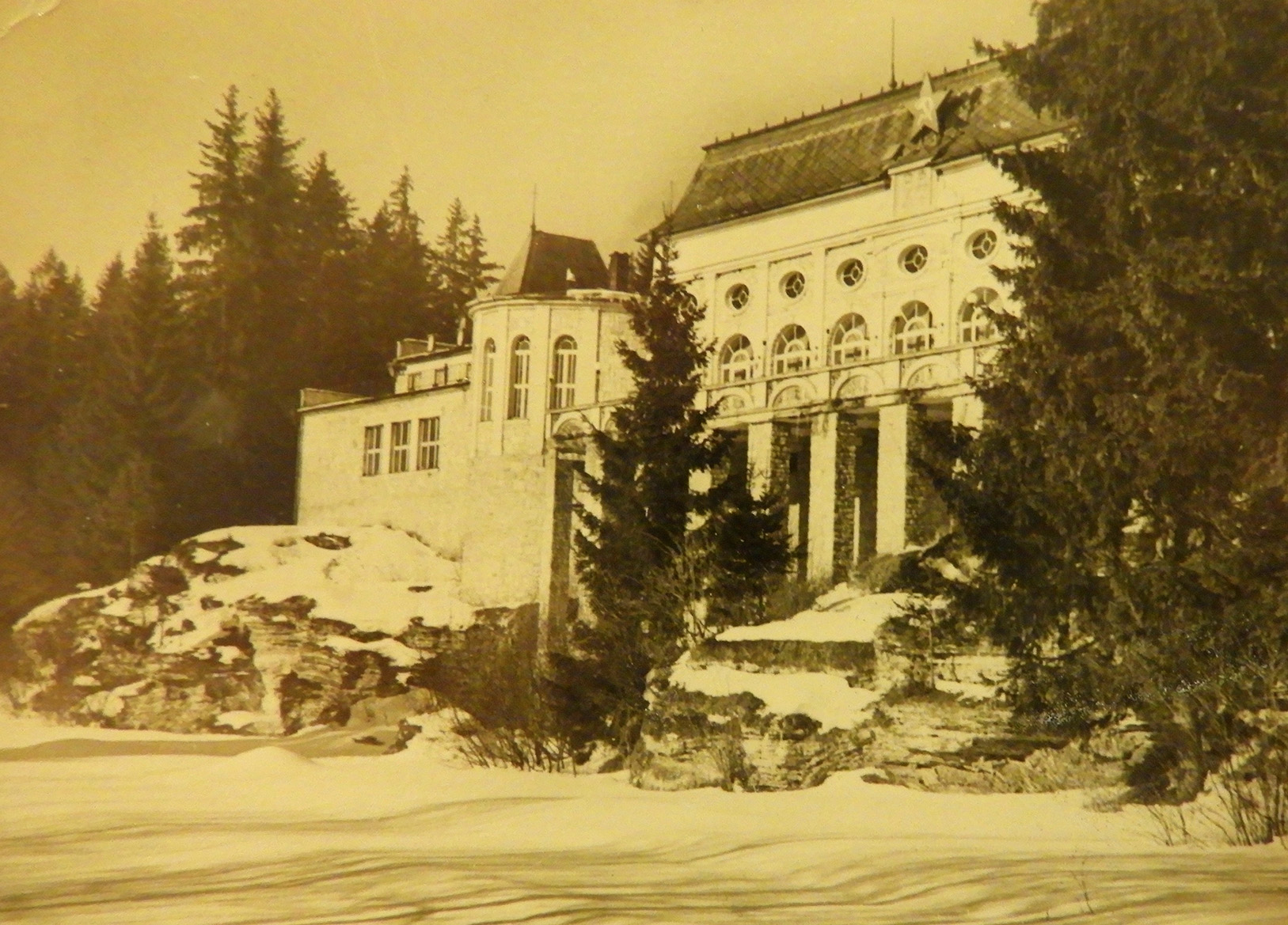
Past Times
Over the centuries, the Vyšné Ružbachy Spa experienced ups and downs. After World War II, it was nationalised by the regime then in force. From 1953 to 1966, it was managed by the Revolutionary Trade-Union Movement, and later it was affiliated to the Czechoslovak State Spa with the headquarters in Nový Smokovec. During the communist regime, the spa was supplemented with the Travertín spa house and several geothermal drills were carried out. After the regime collapsed, the Balneotherapy house was completed and later also the Travertín II spa house.
History today
While walking around the spa resort today, at every corner you might hear the sounds of our colleagues working on reconstructions so you may look forward to a renovated interior of Travertín I Hotel, which is being given a new appearance. New spa facilities, a new coffee house, bars or a renovated famous spa park? Yes, all these are not just plans, they are activities that have already been initiated. And there will be much more. We all strongly believe that our efforts will result in setting a new milestone in the famous and rich history of the spa.
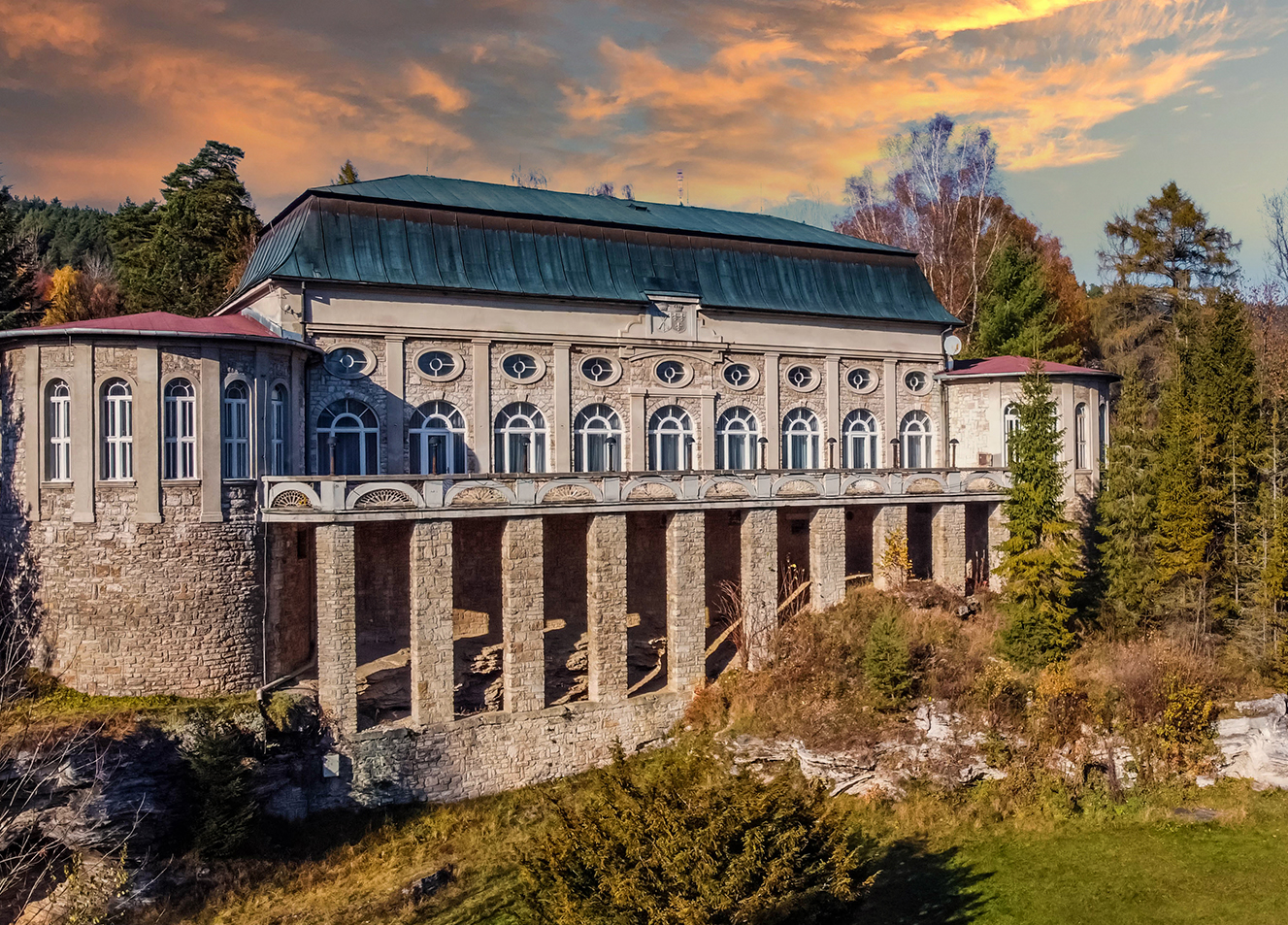
The history of the spa was prepared by the Zamoyski Institute in cooperation with the Vyšné Ružbachy Spa.
